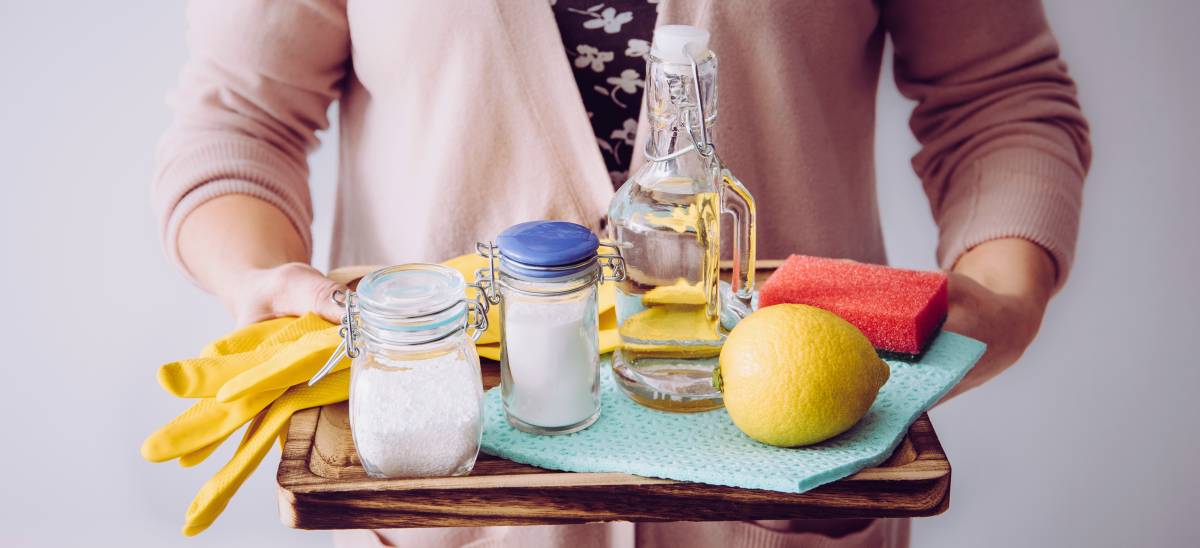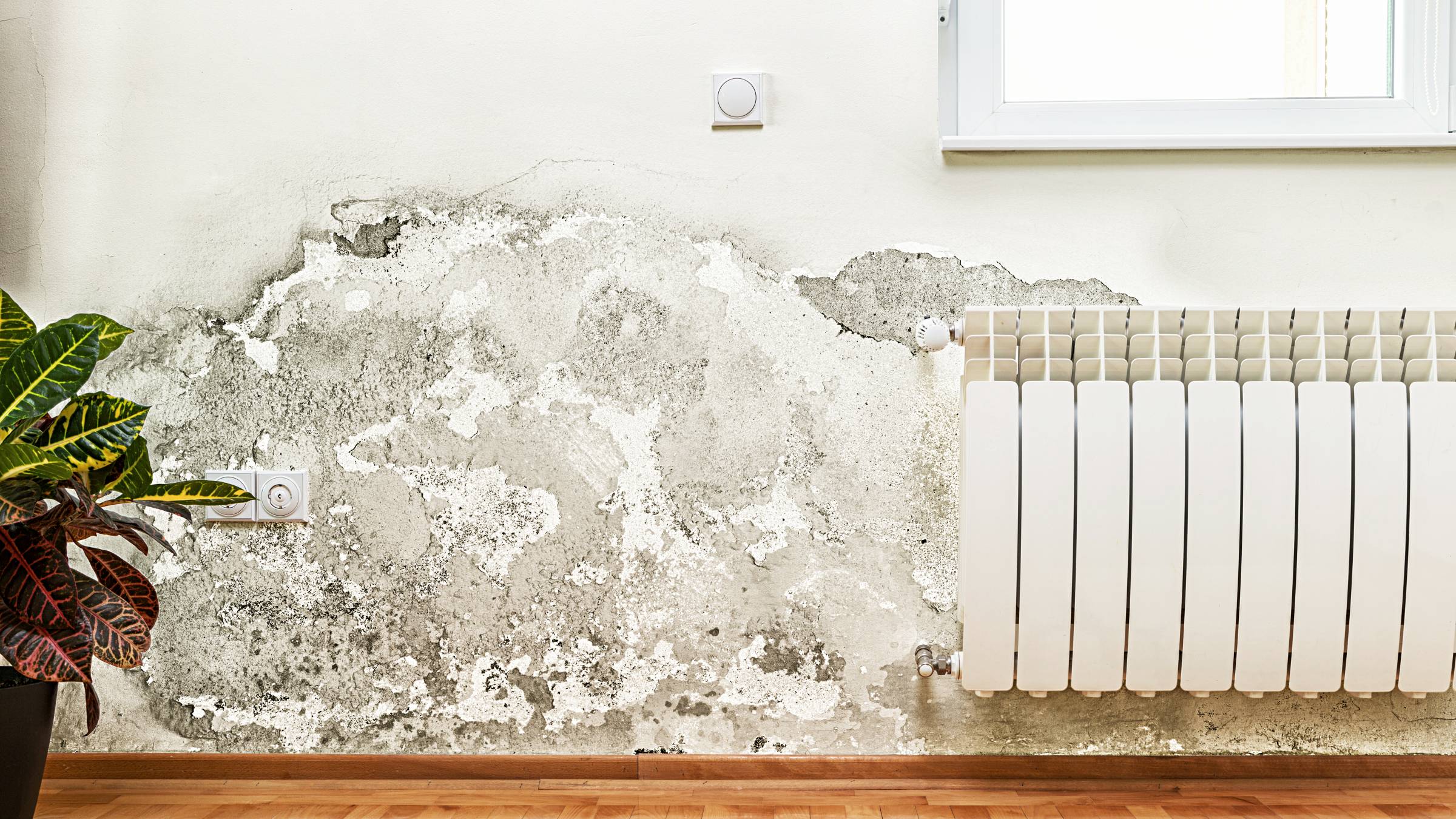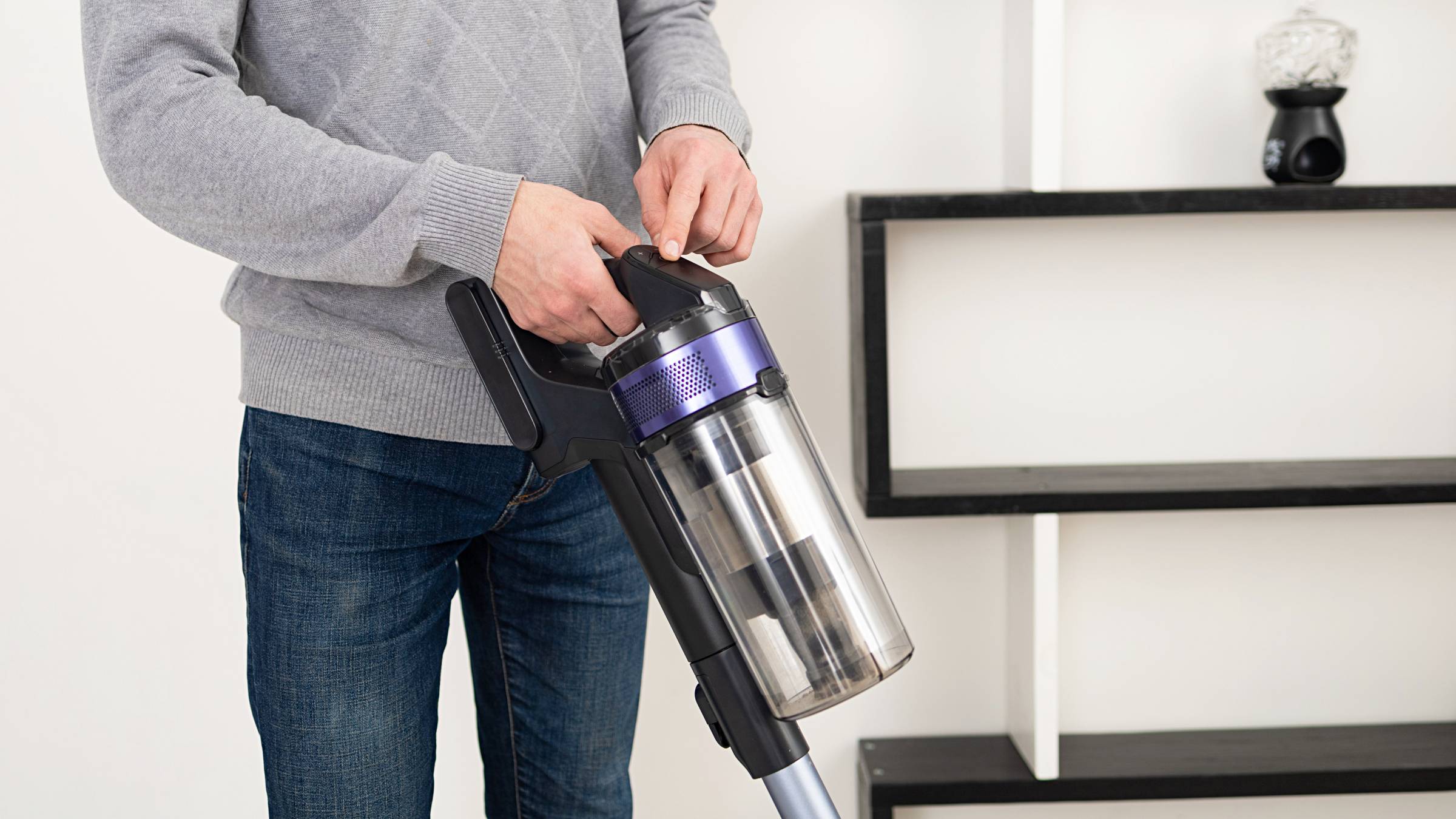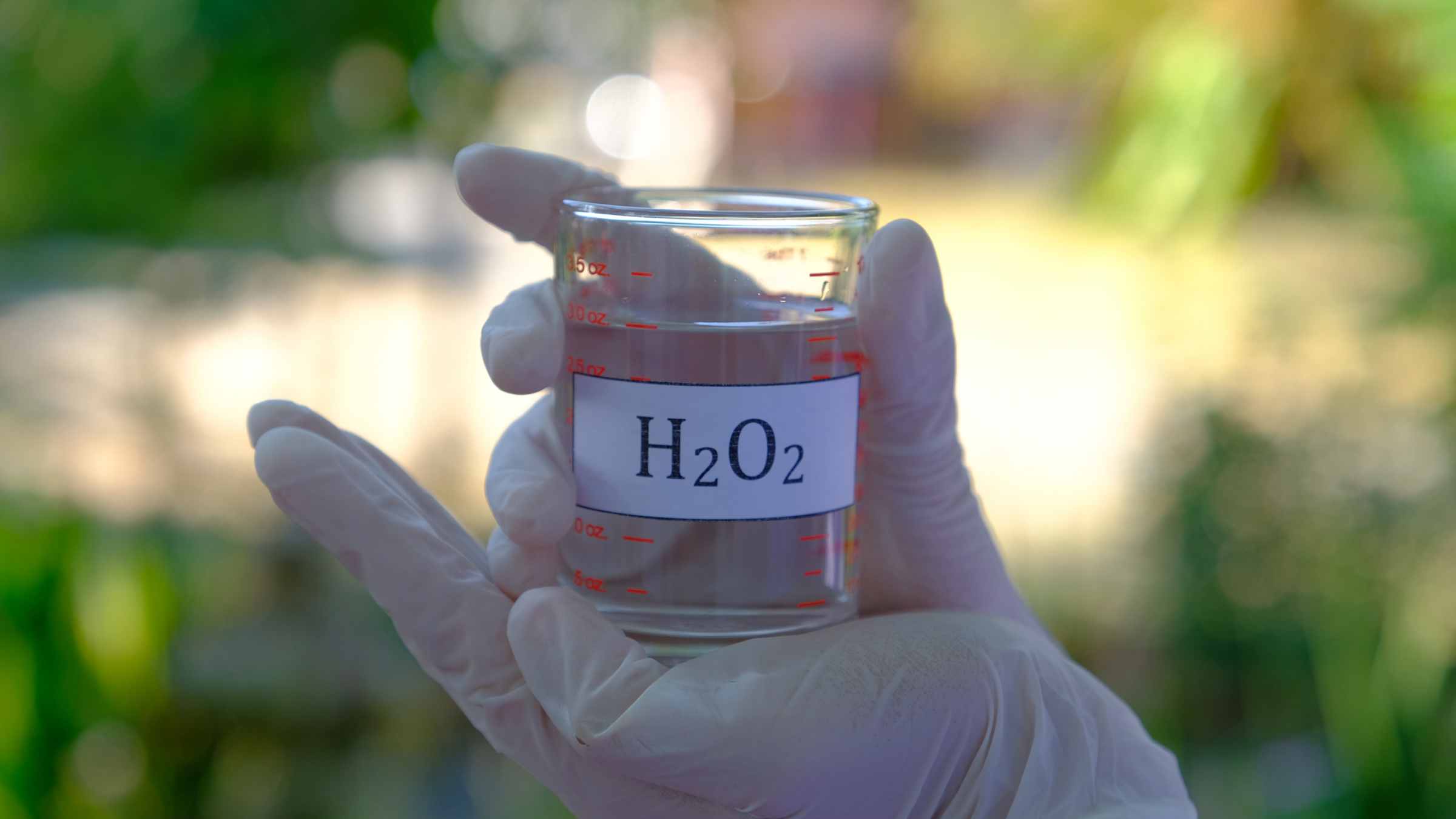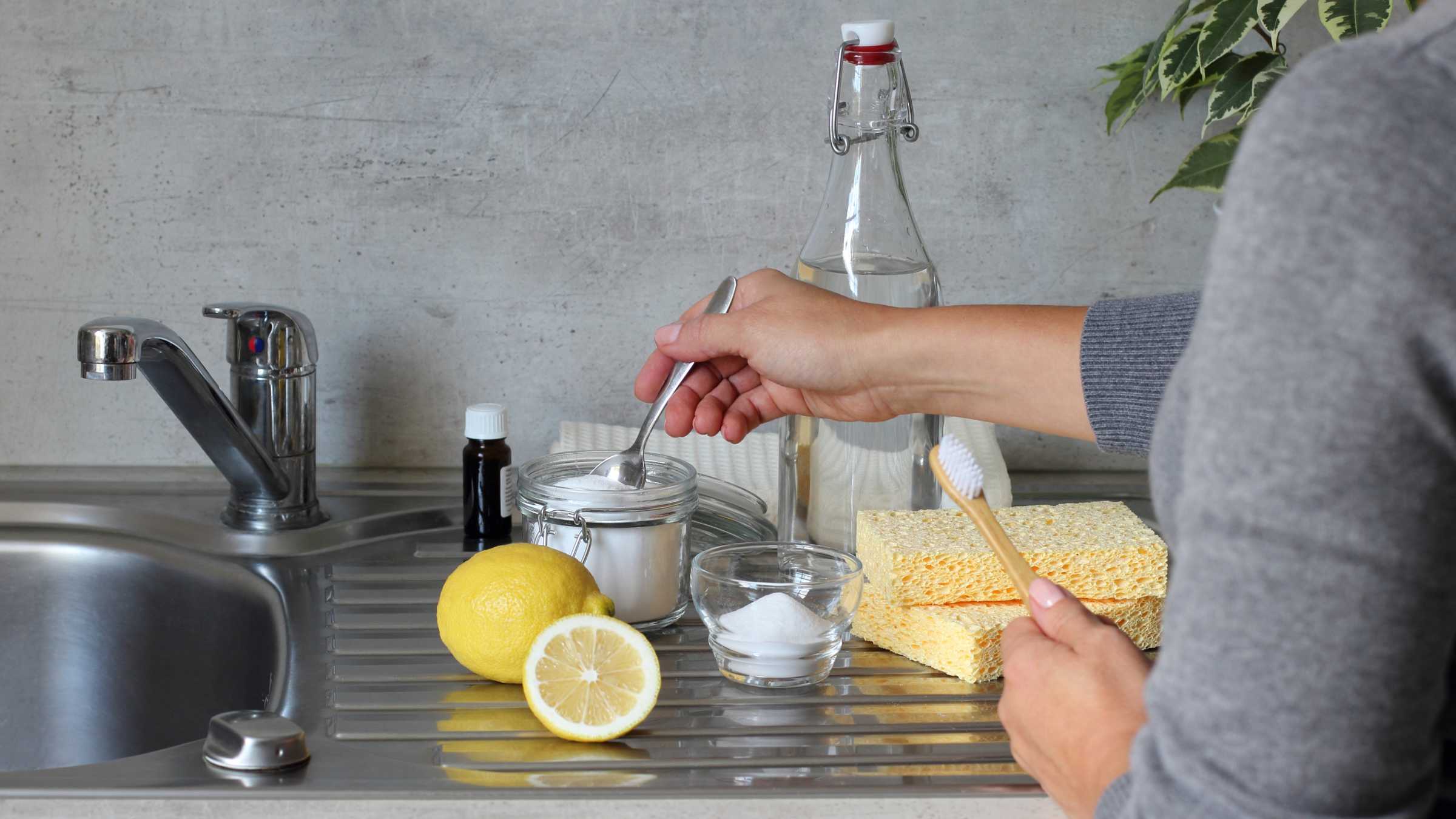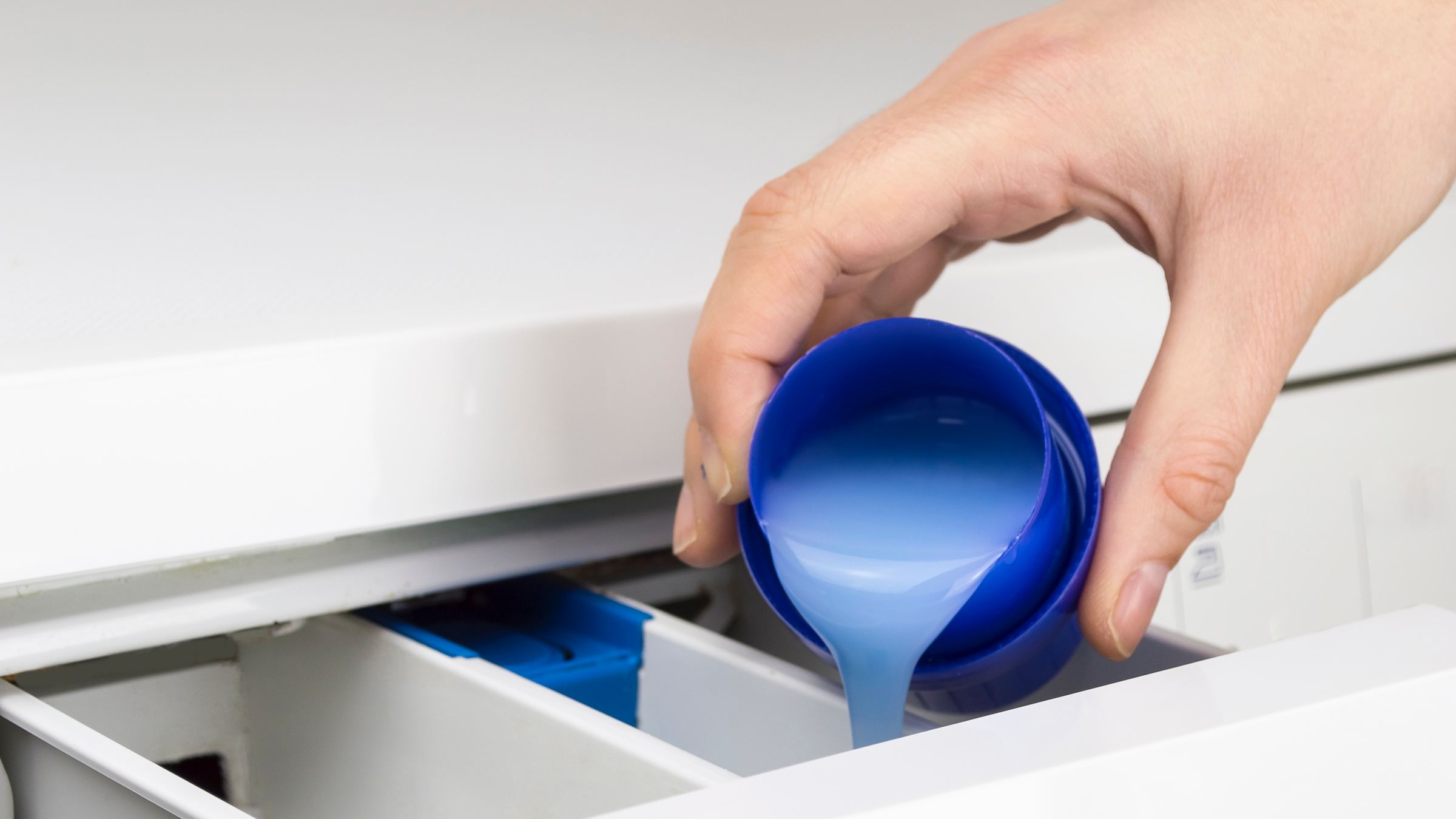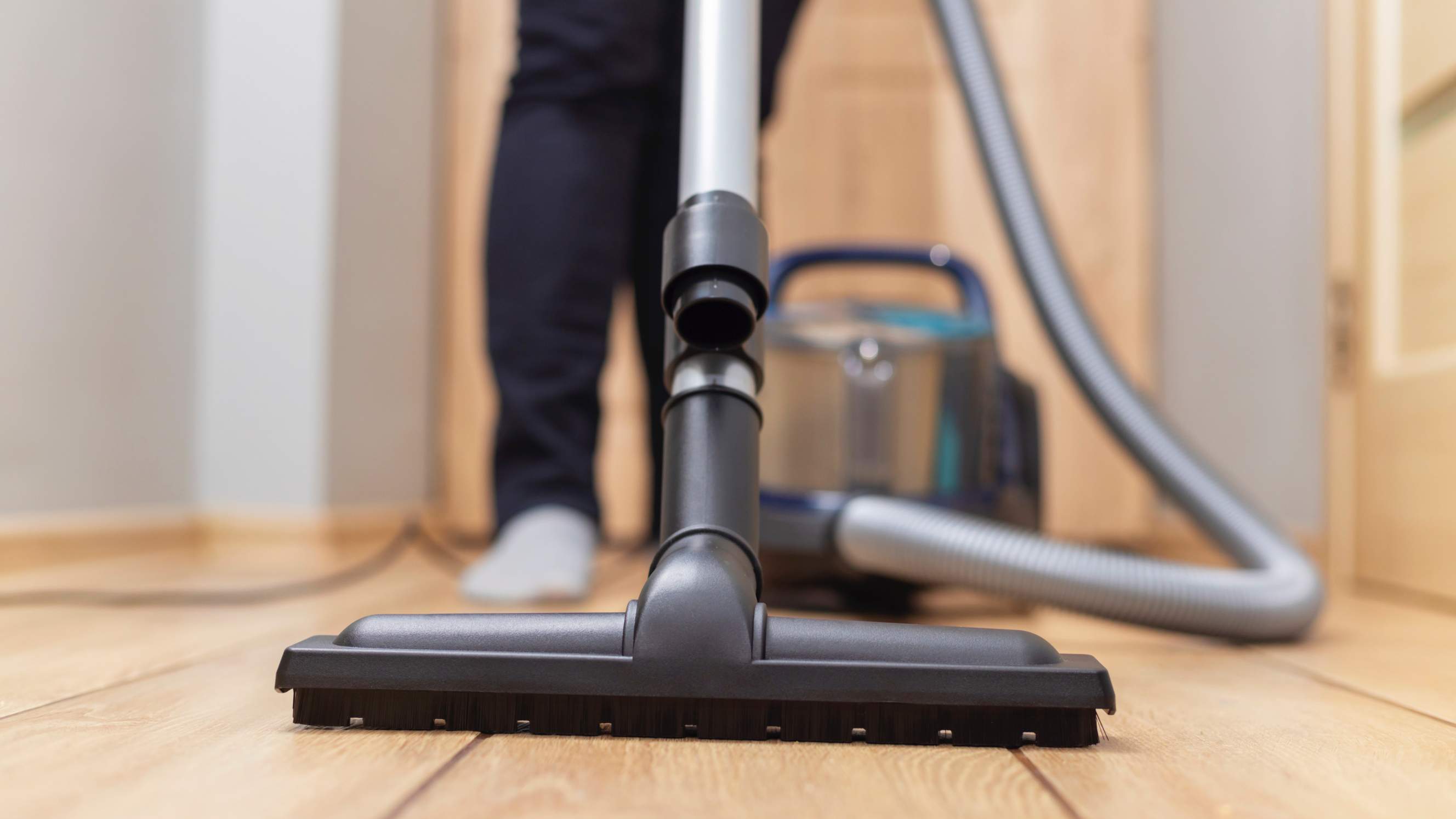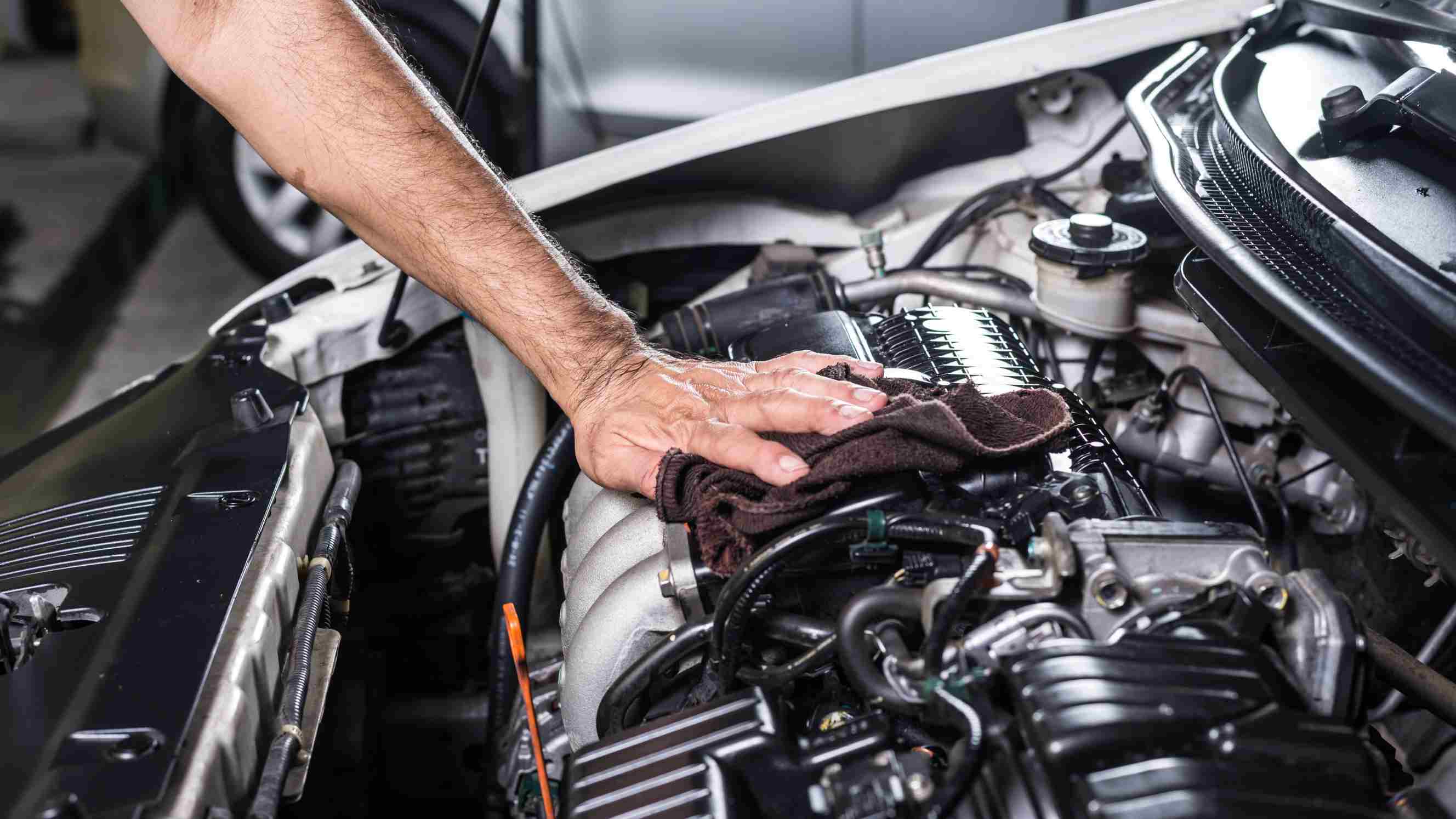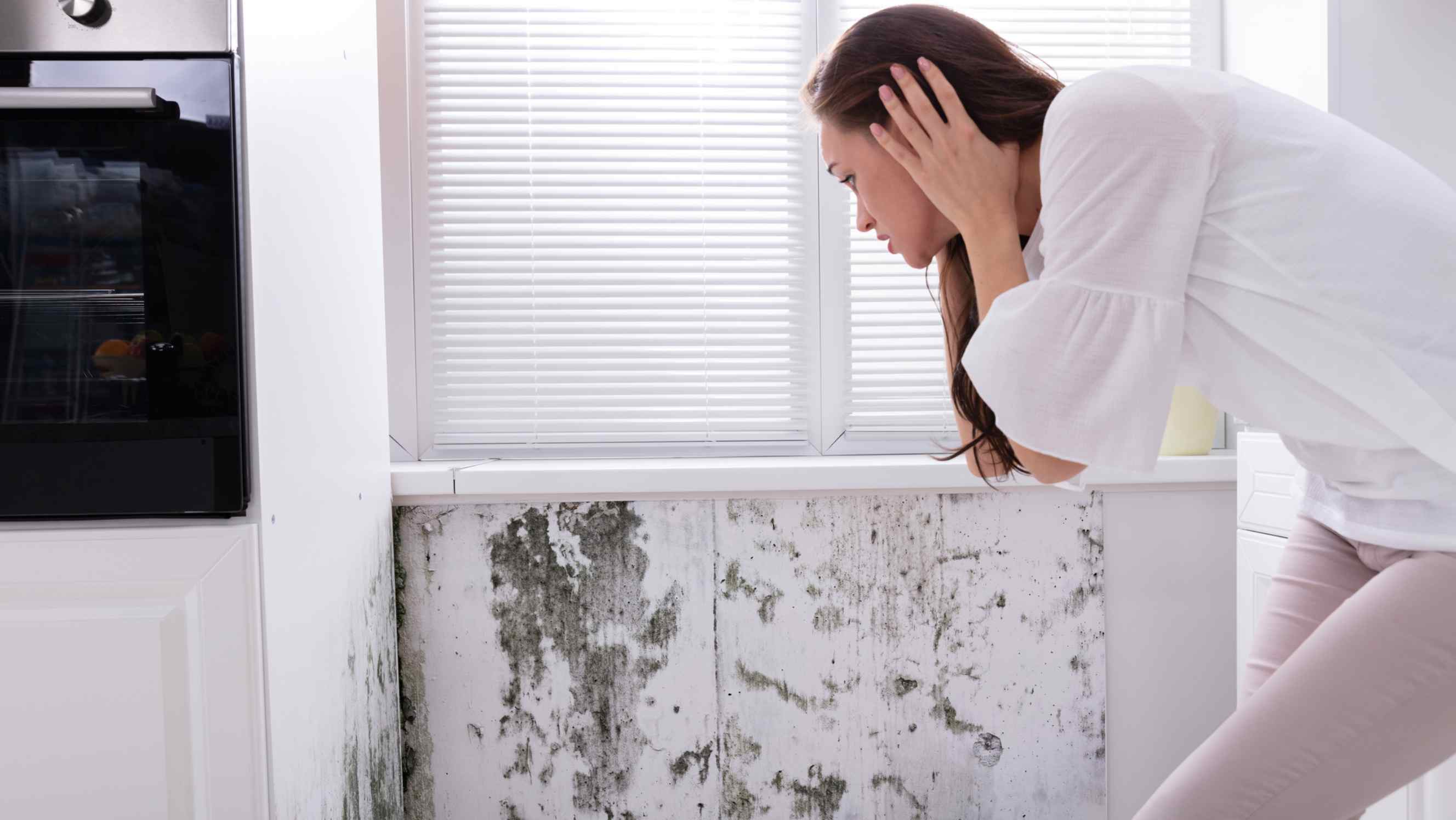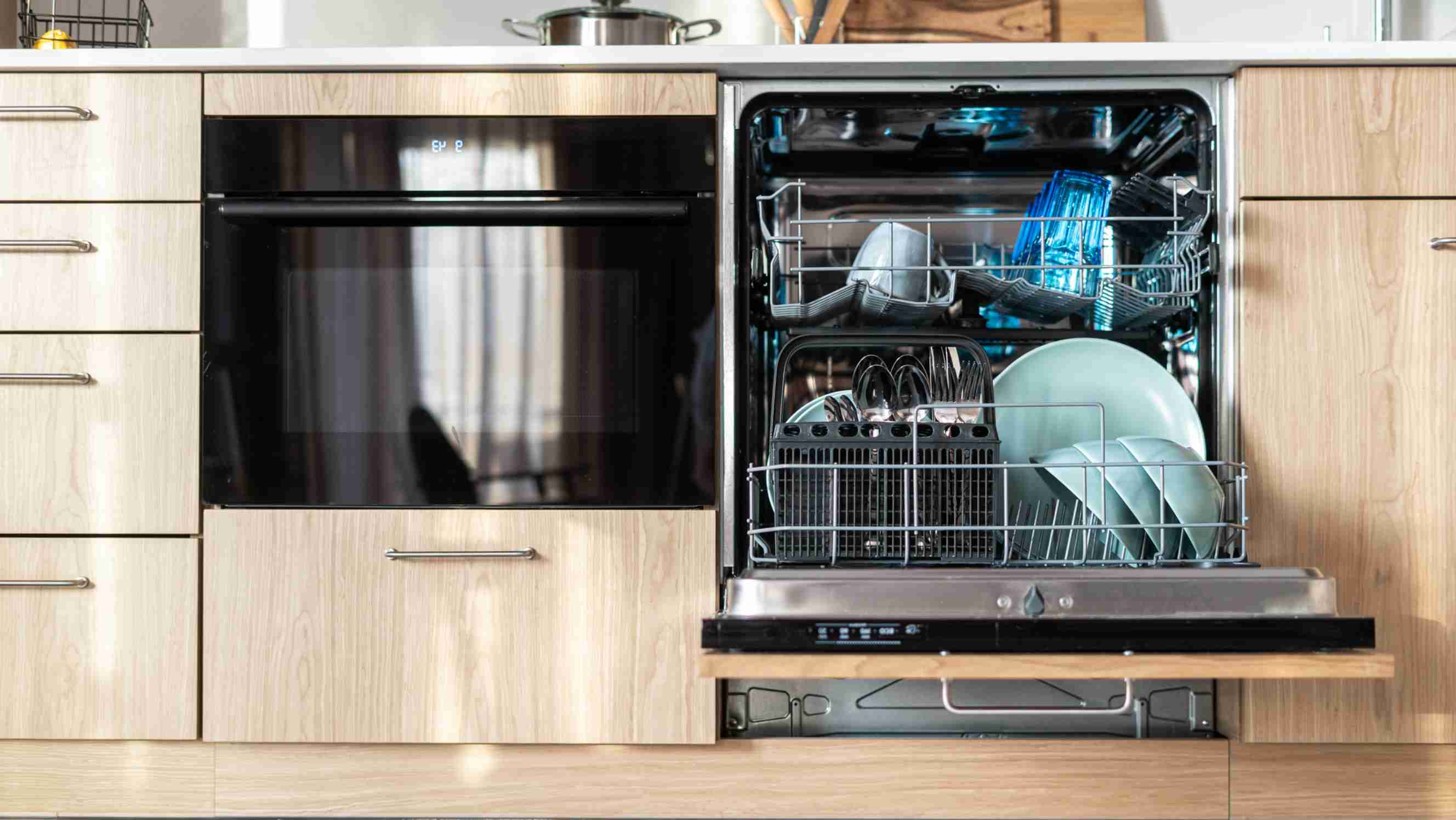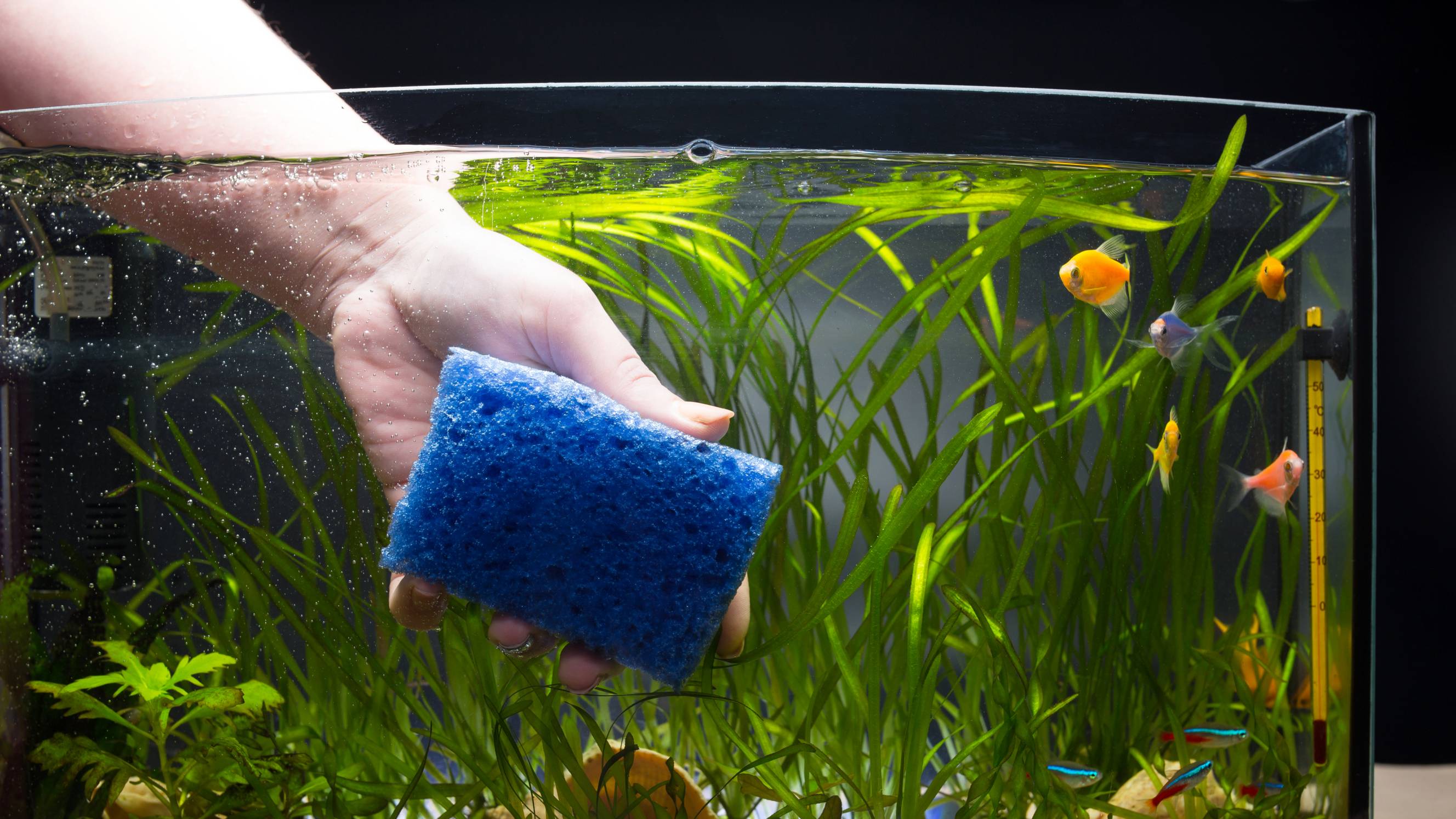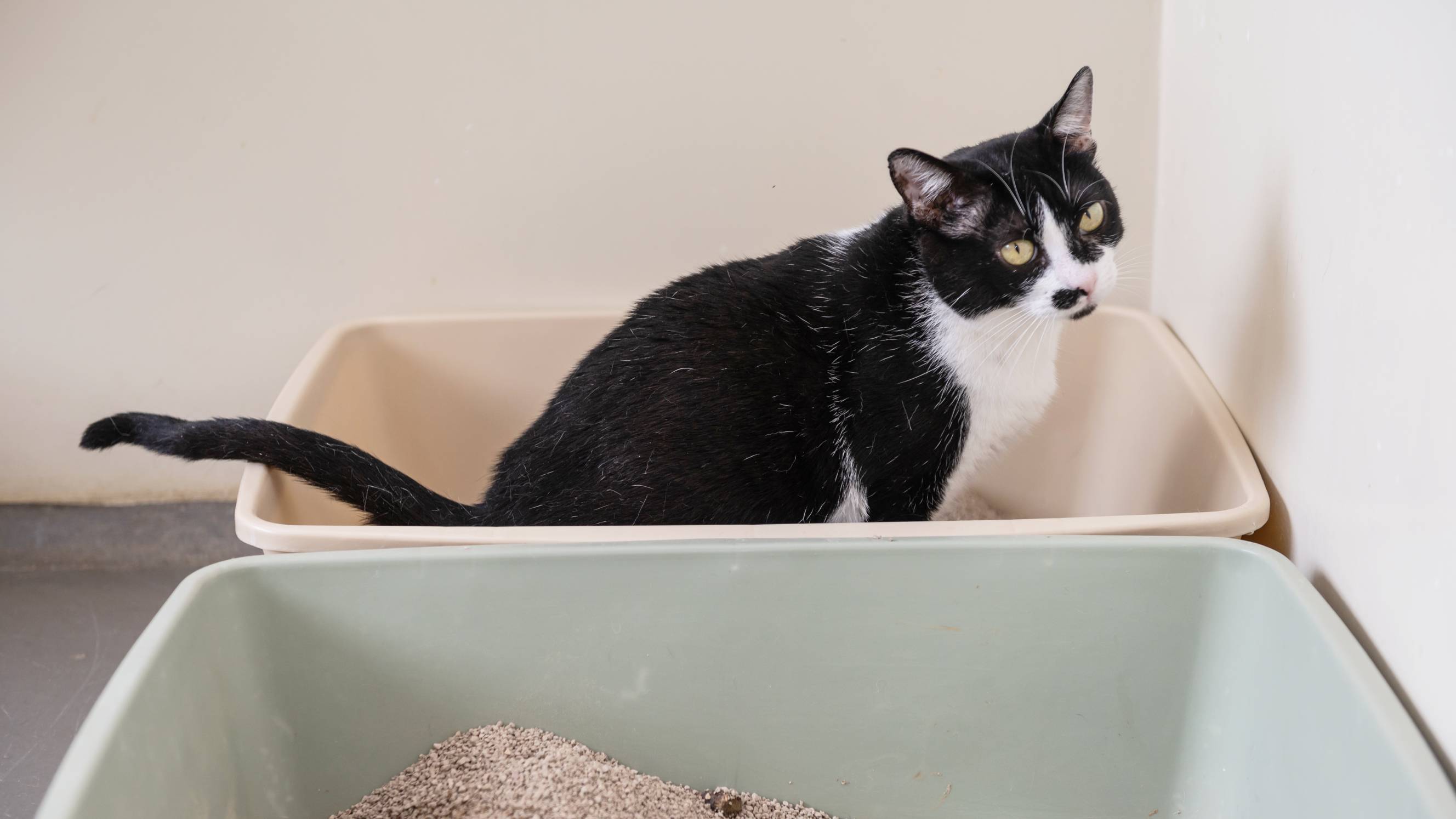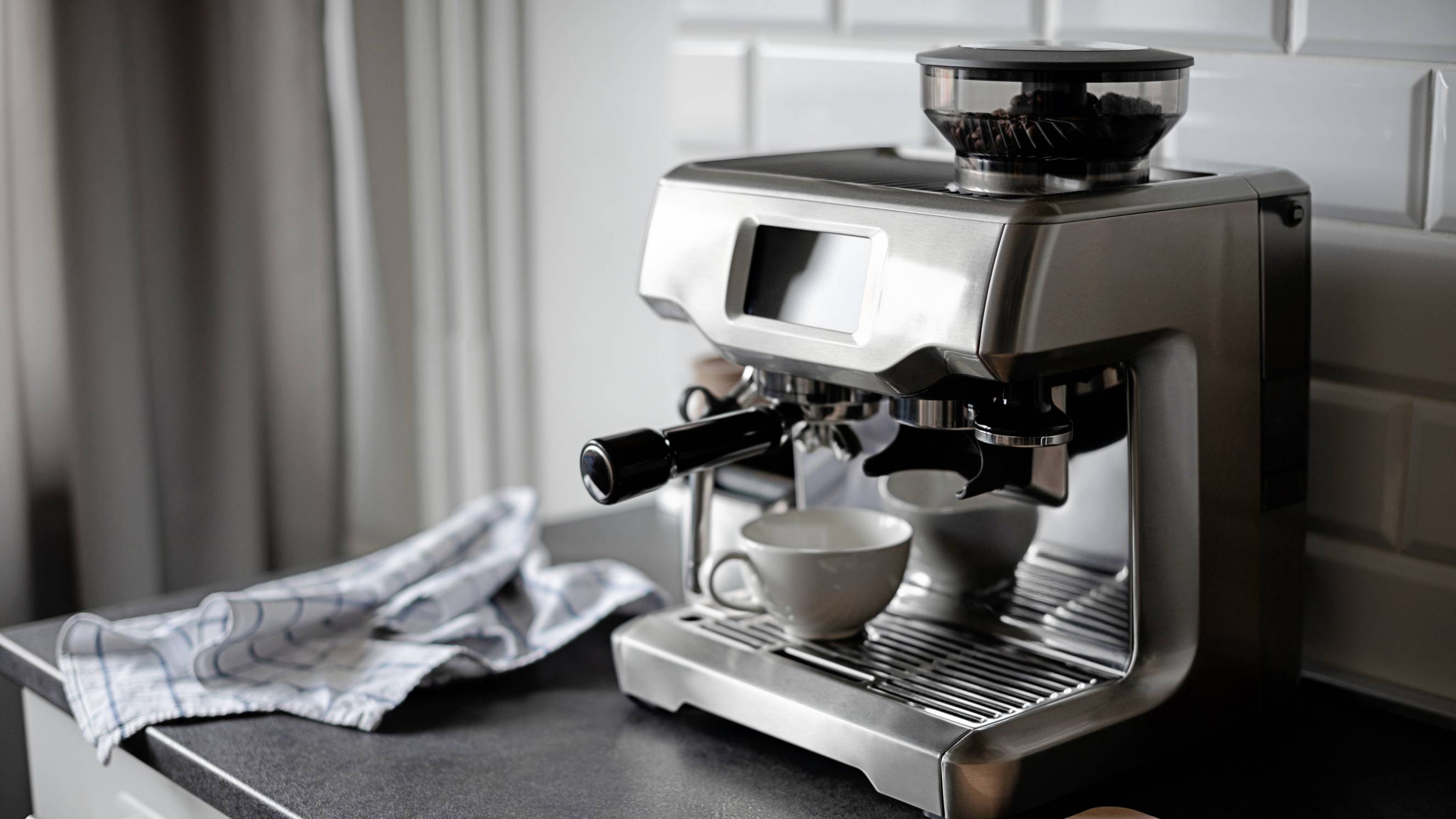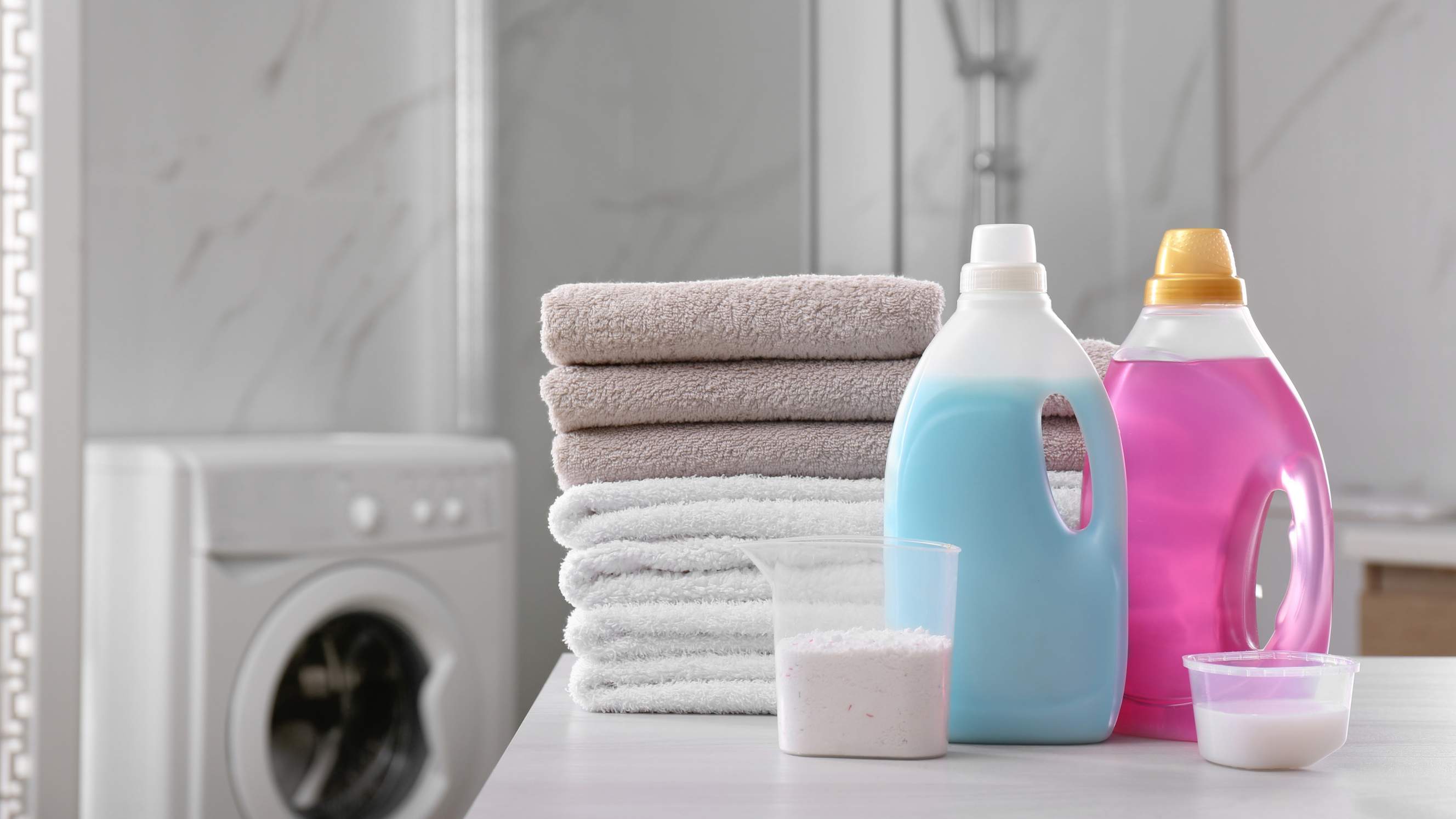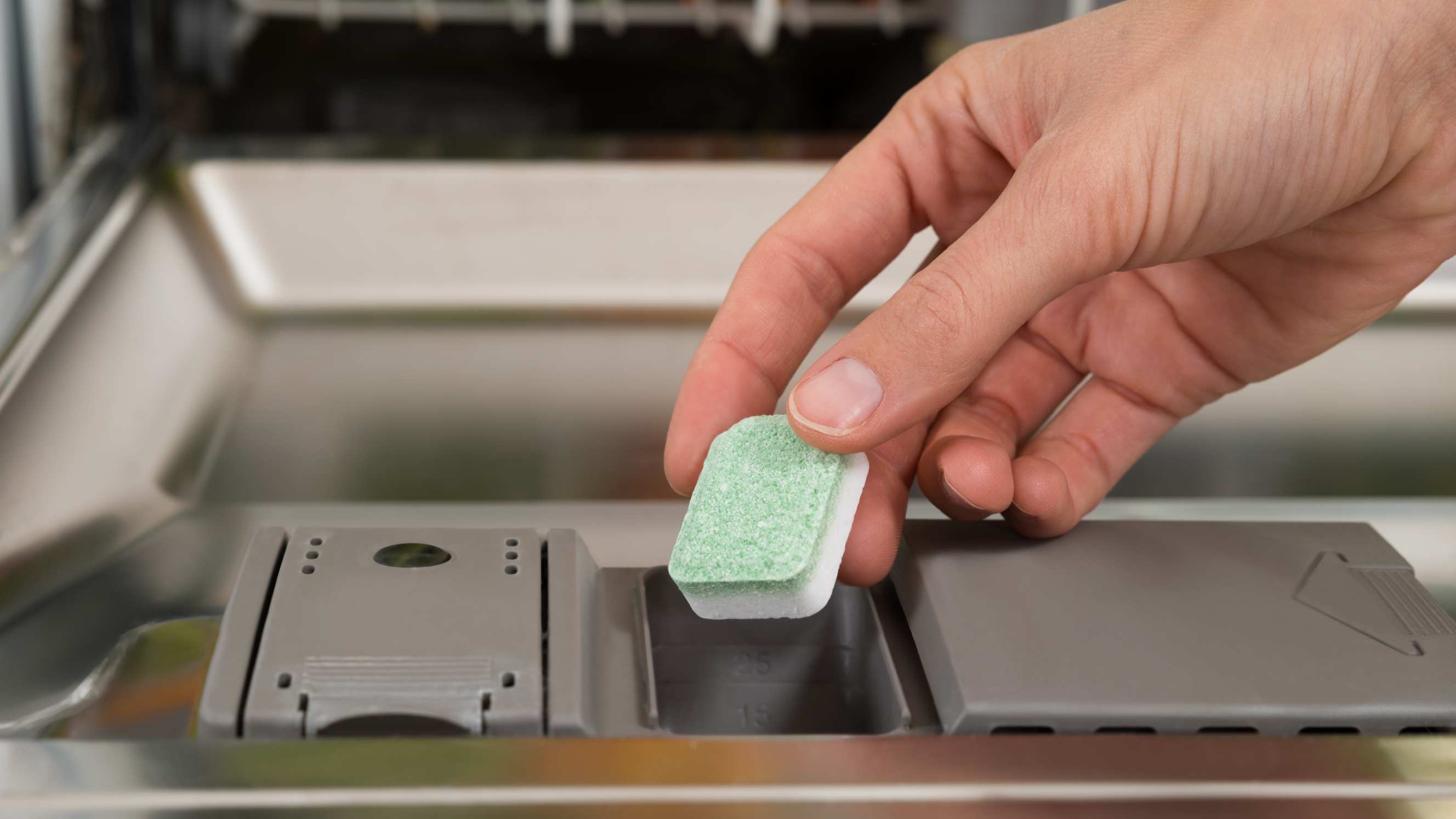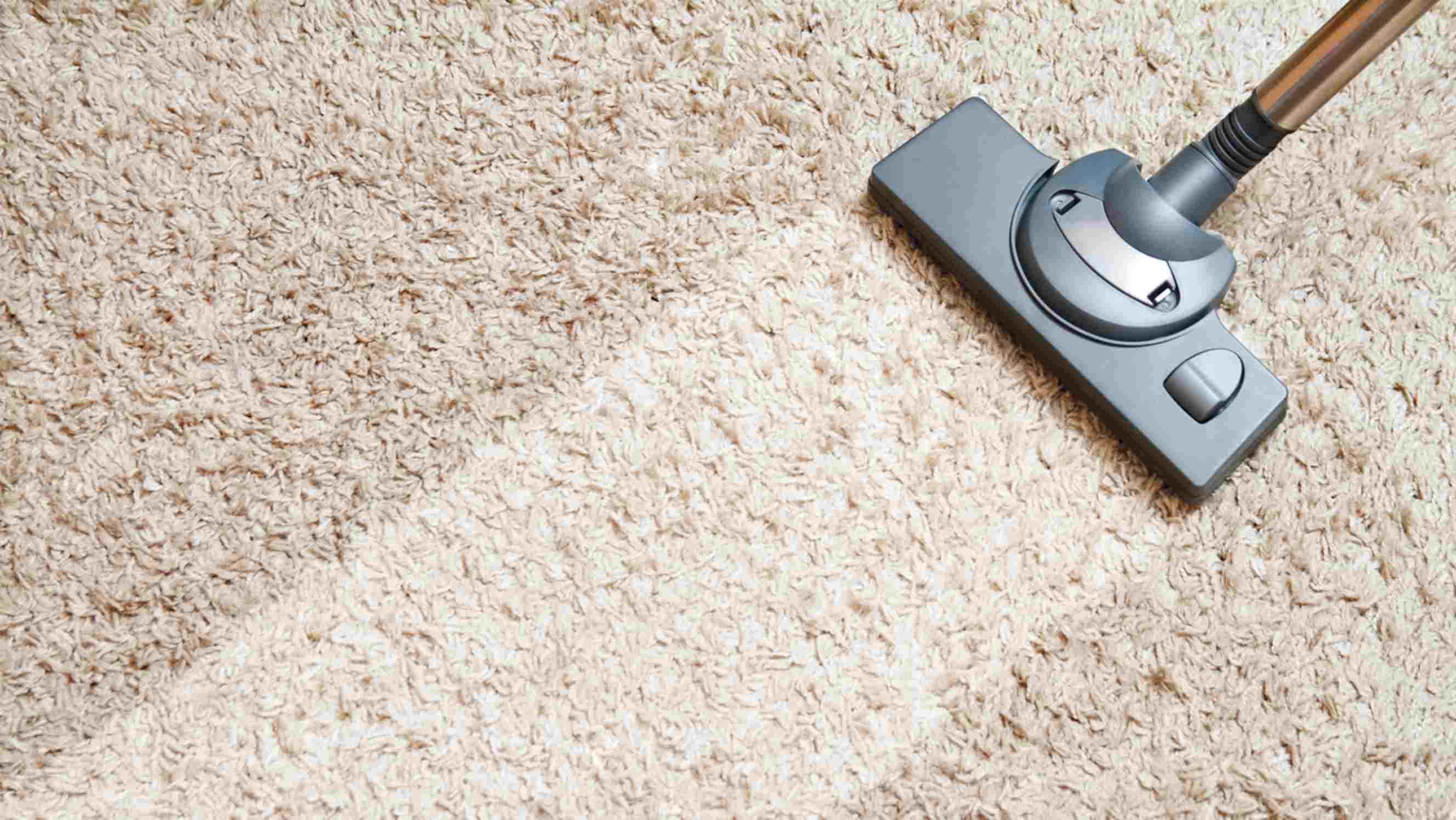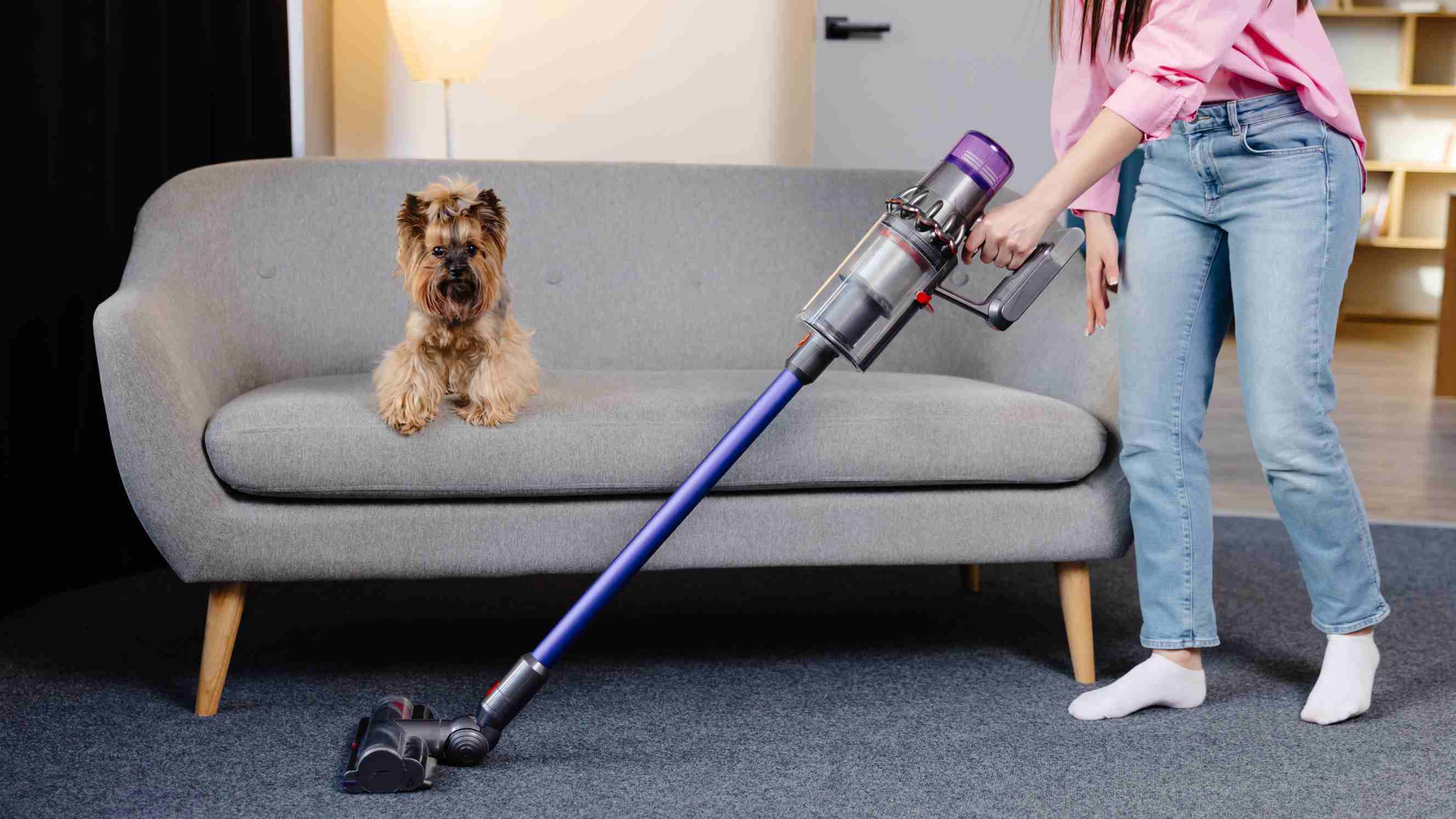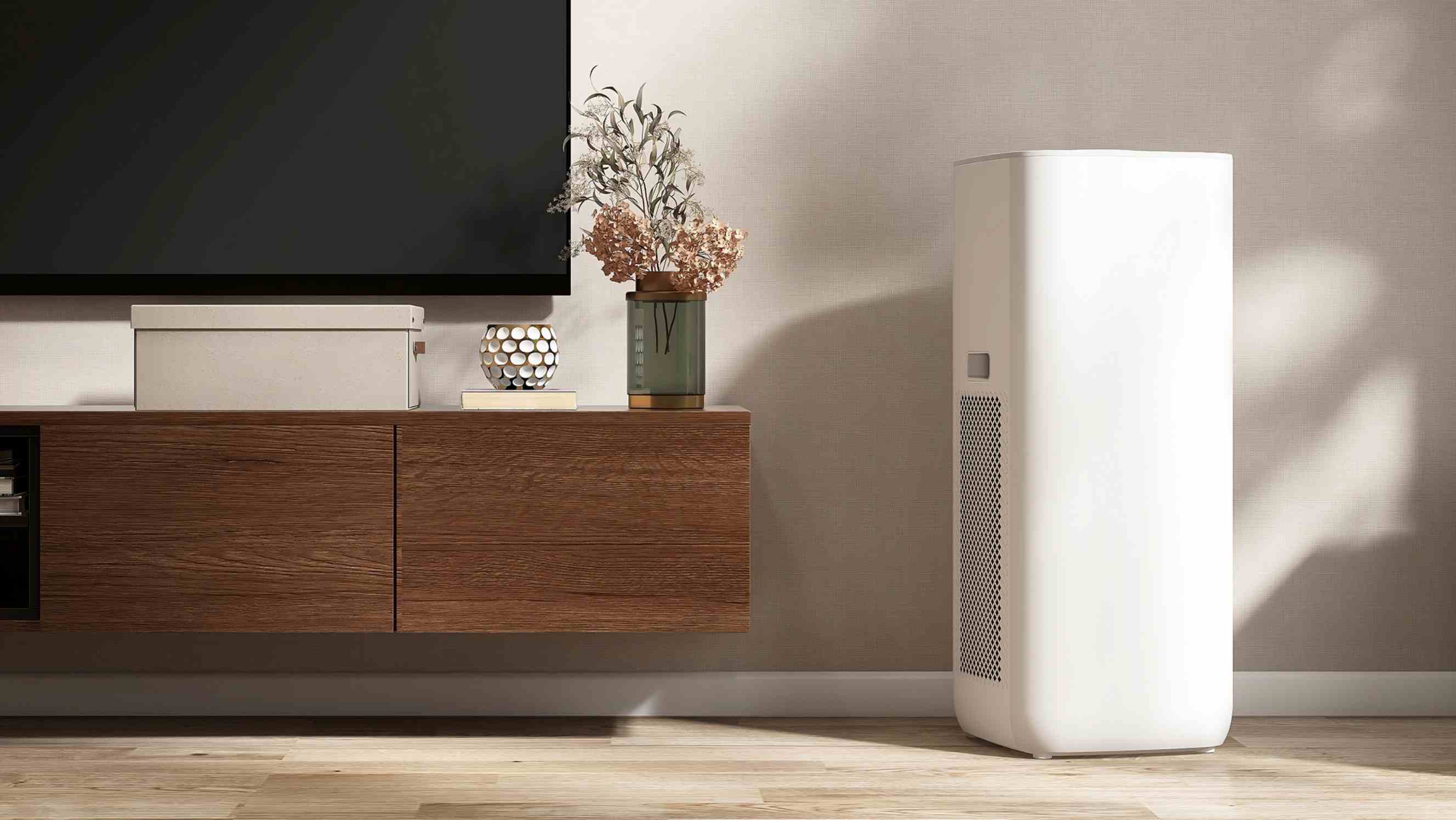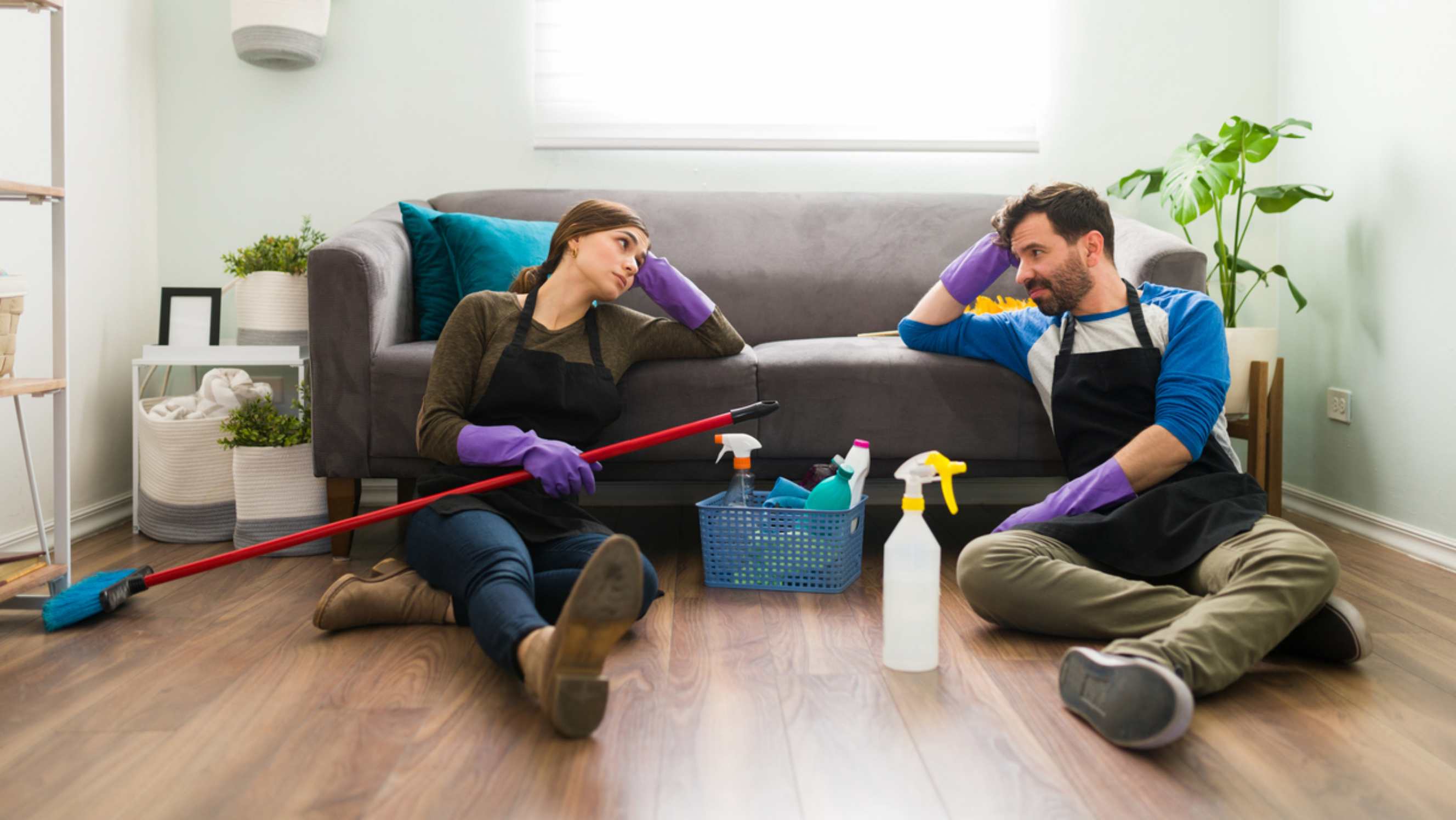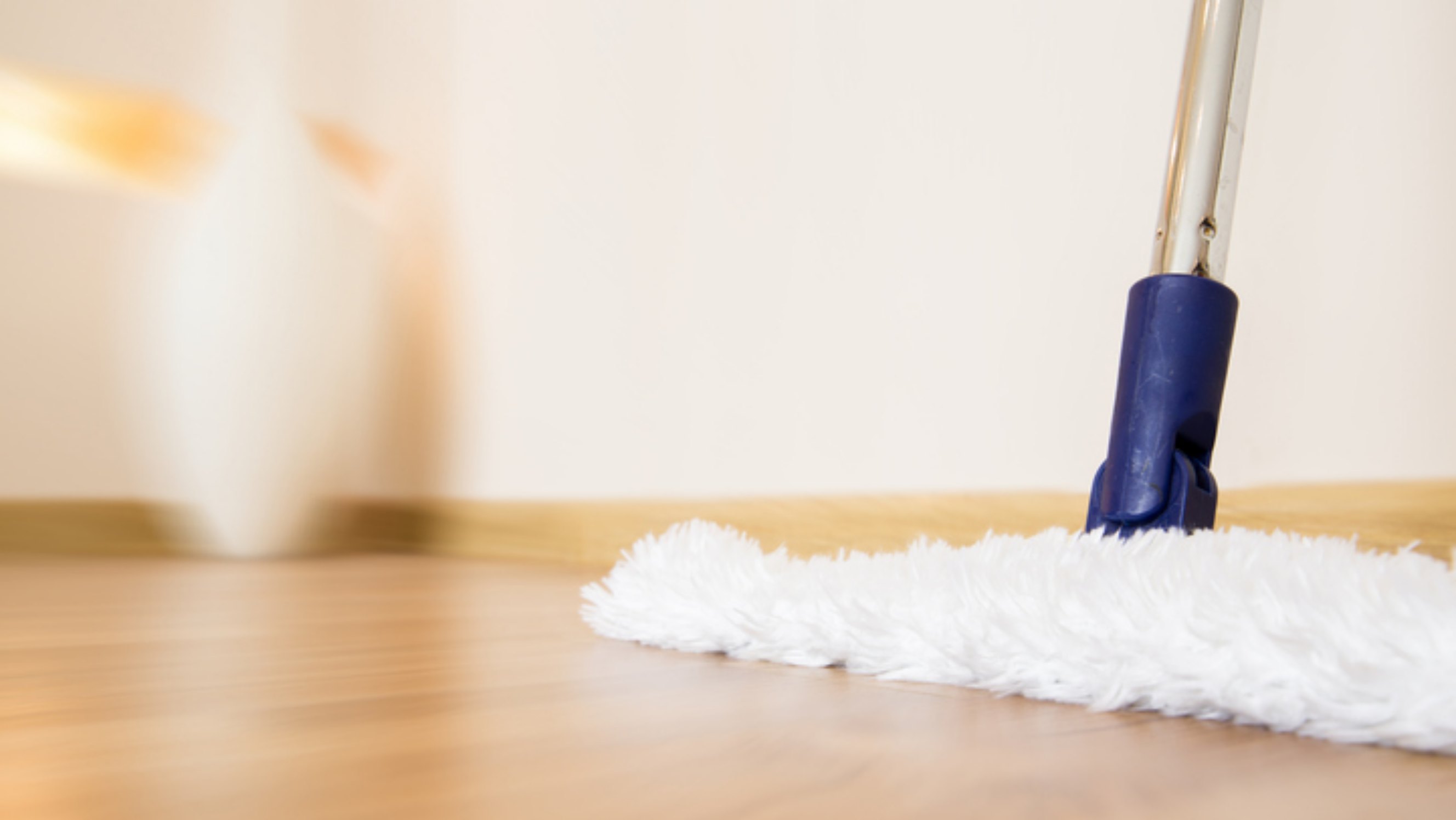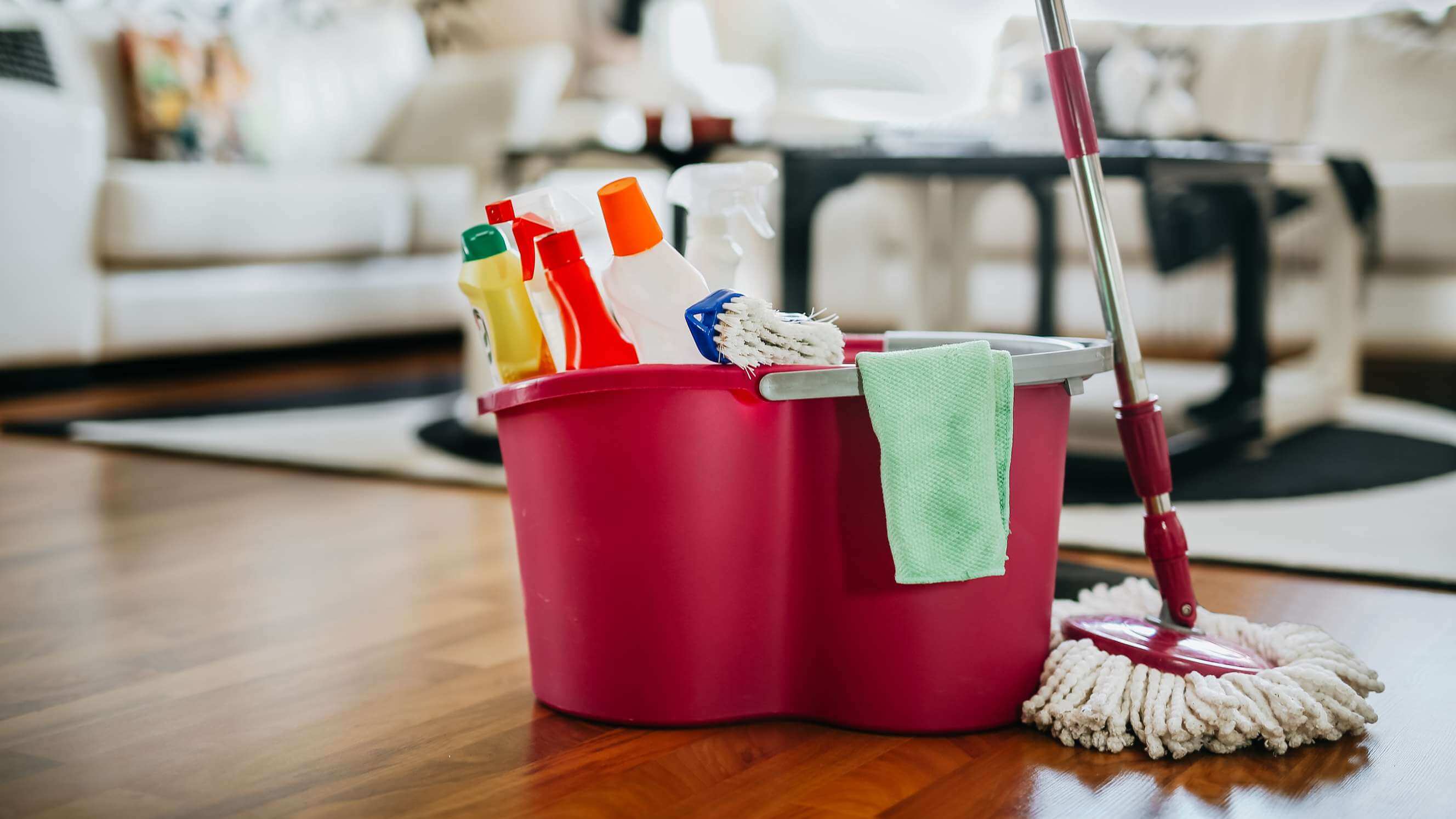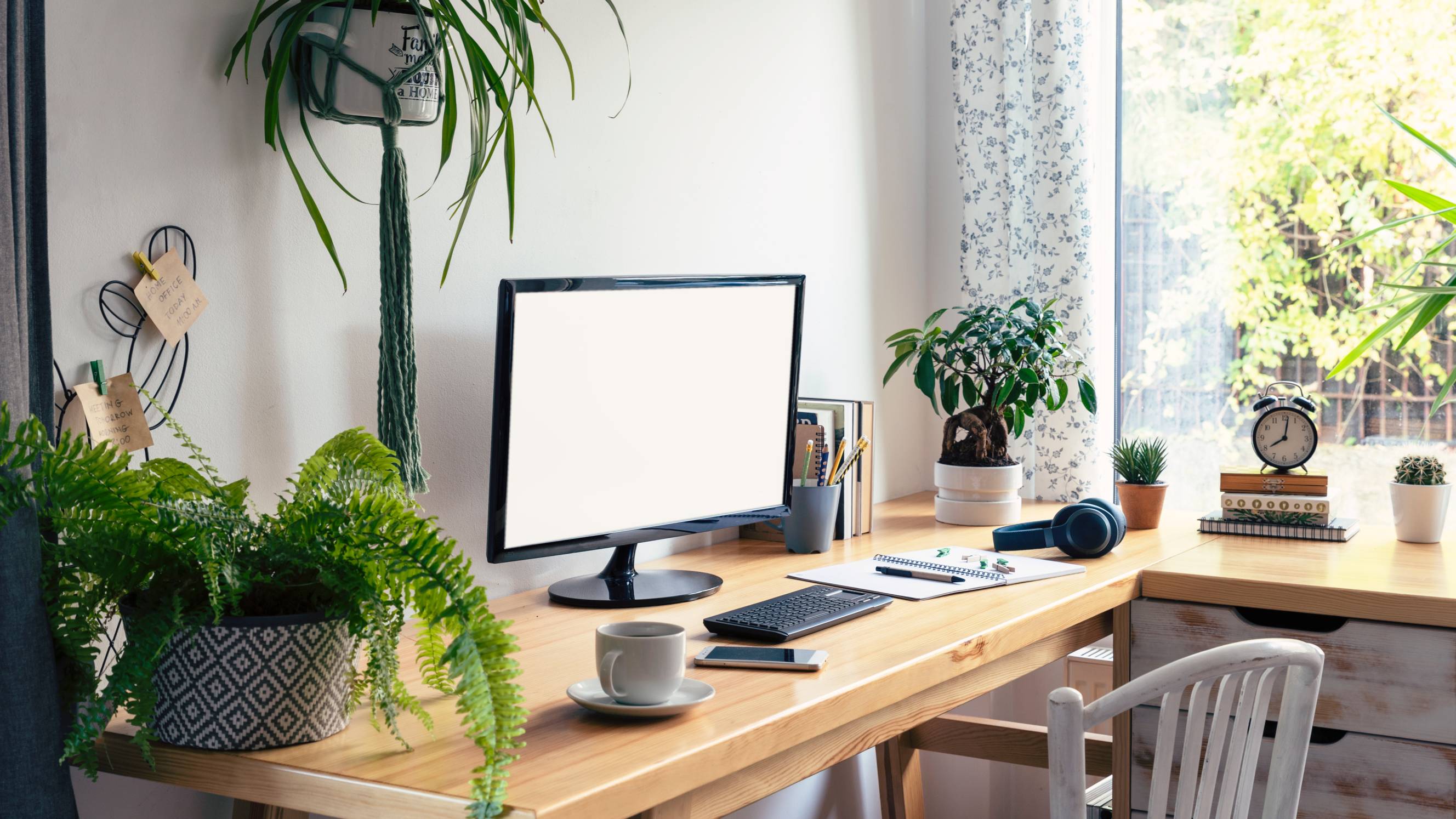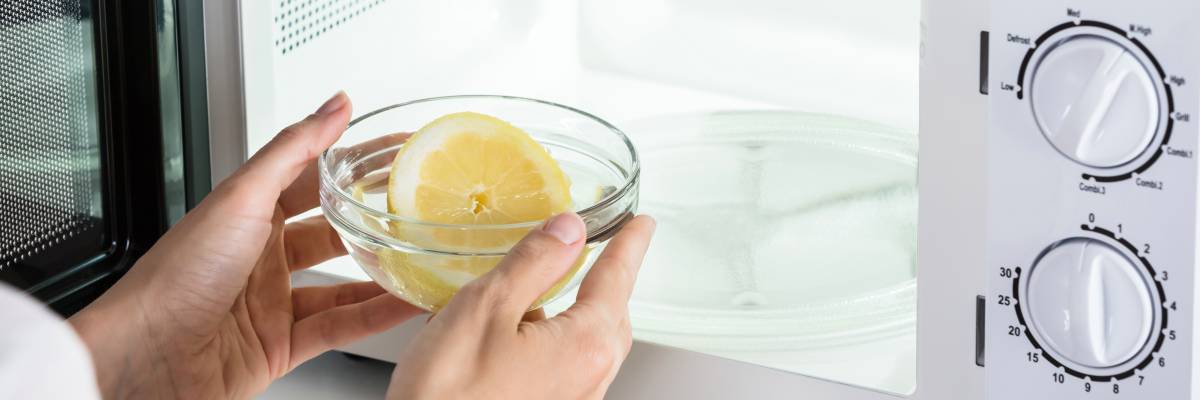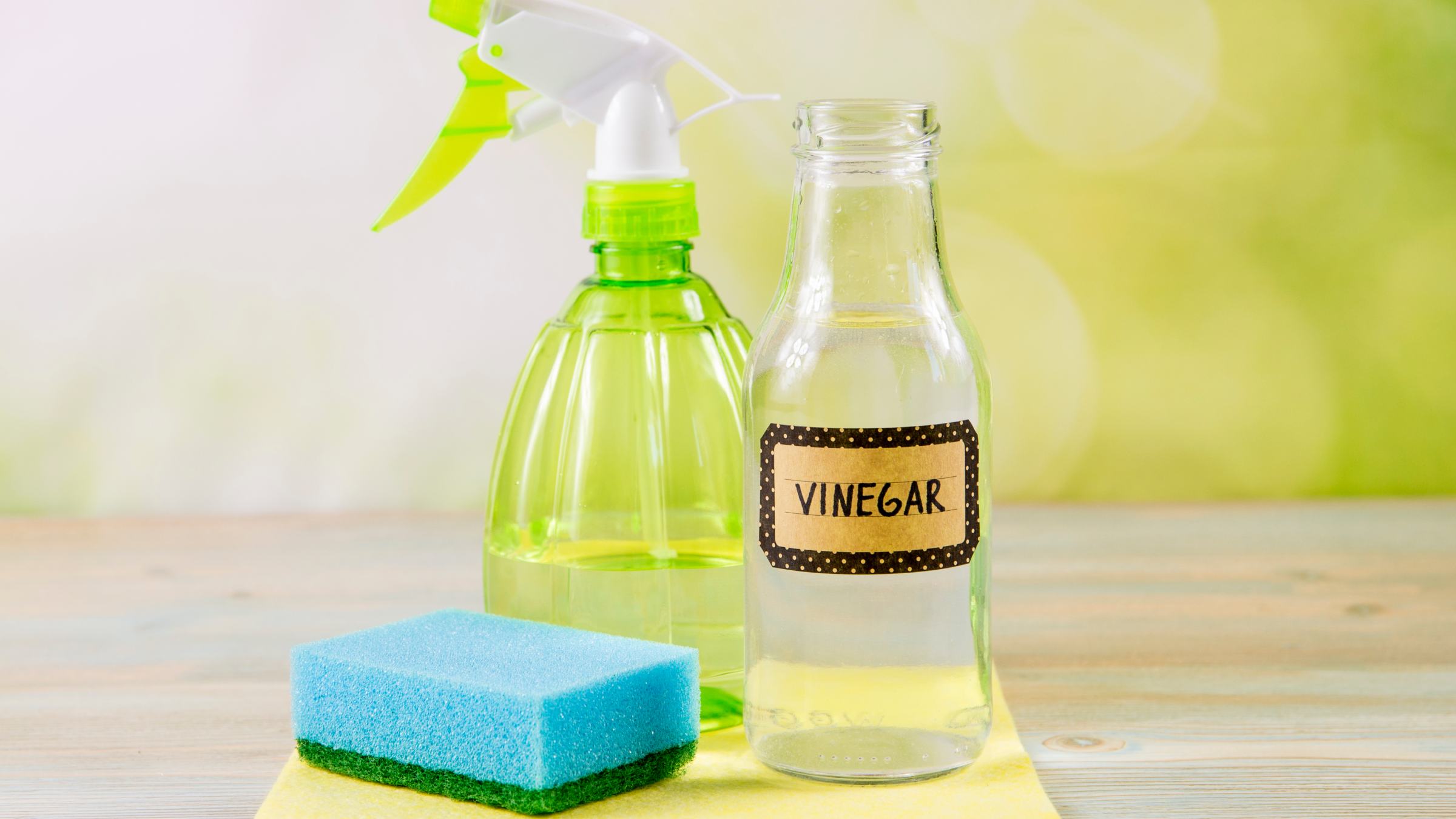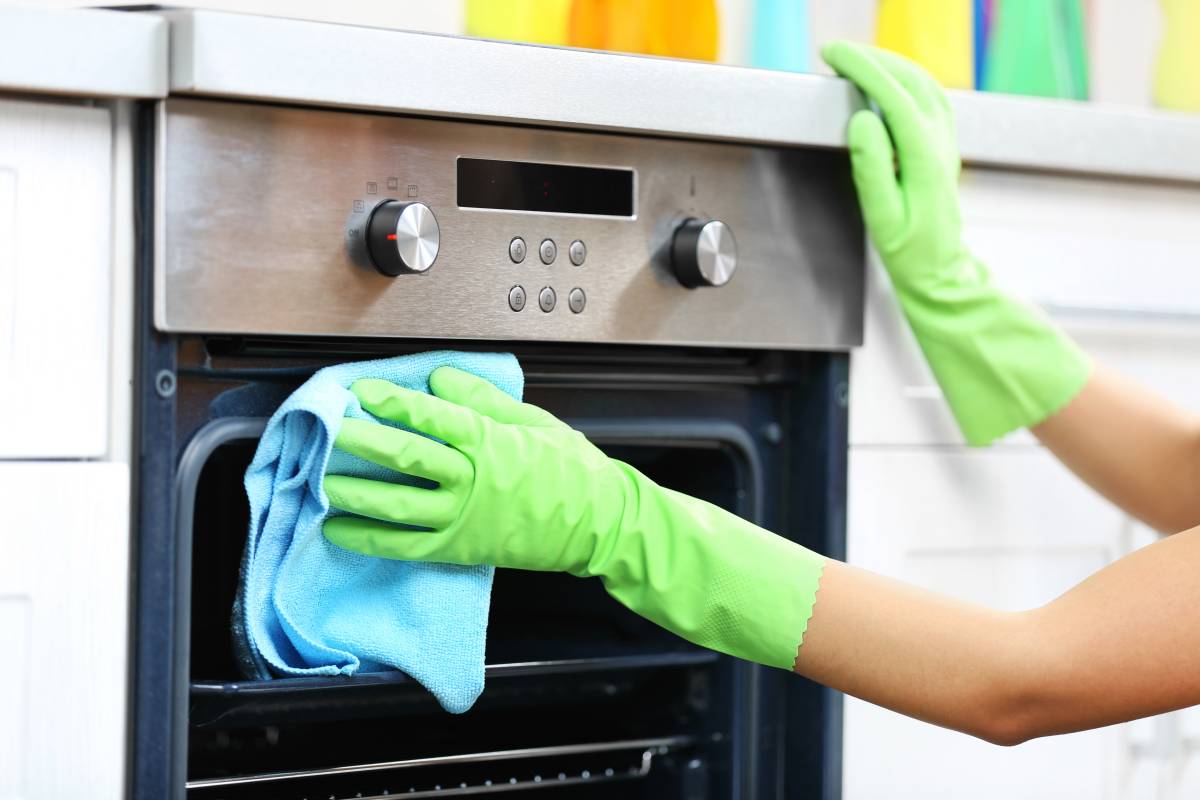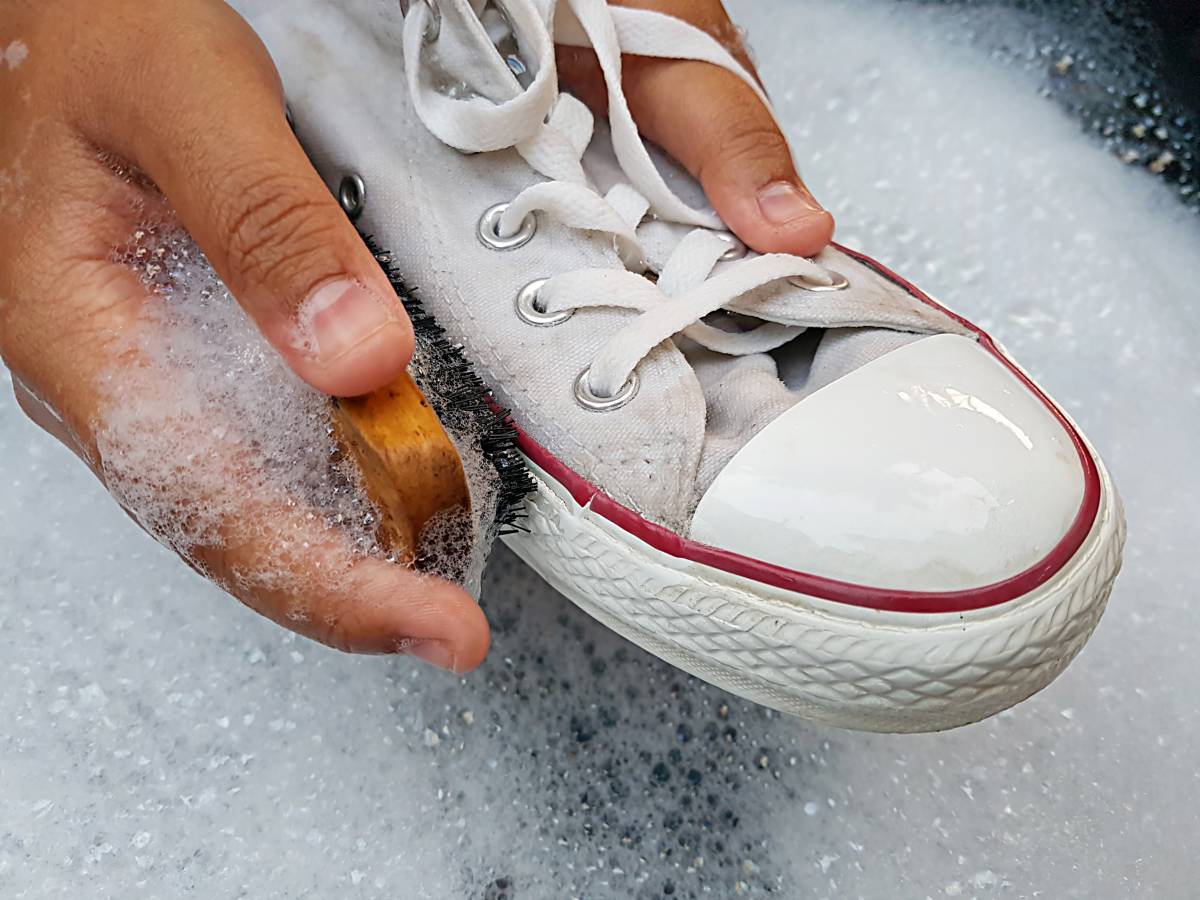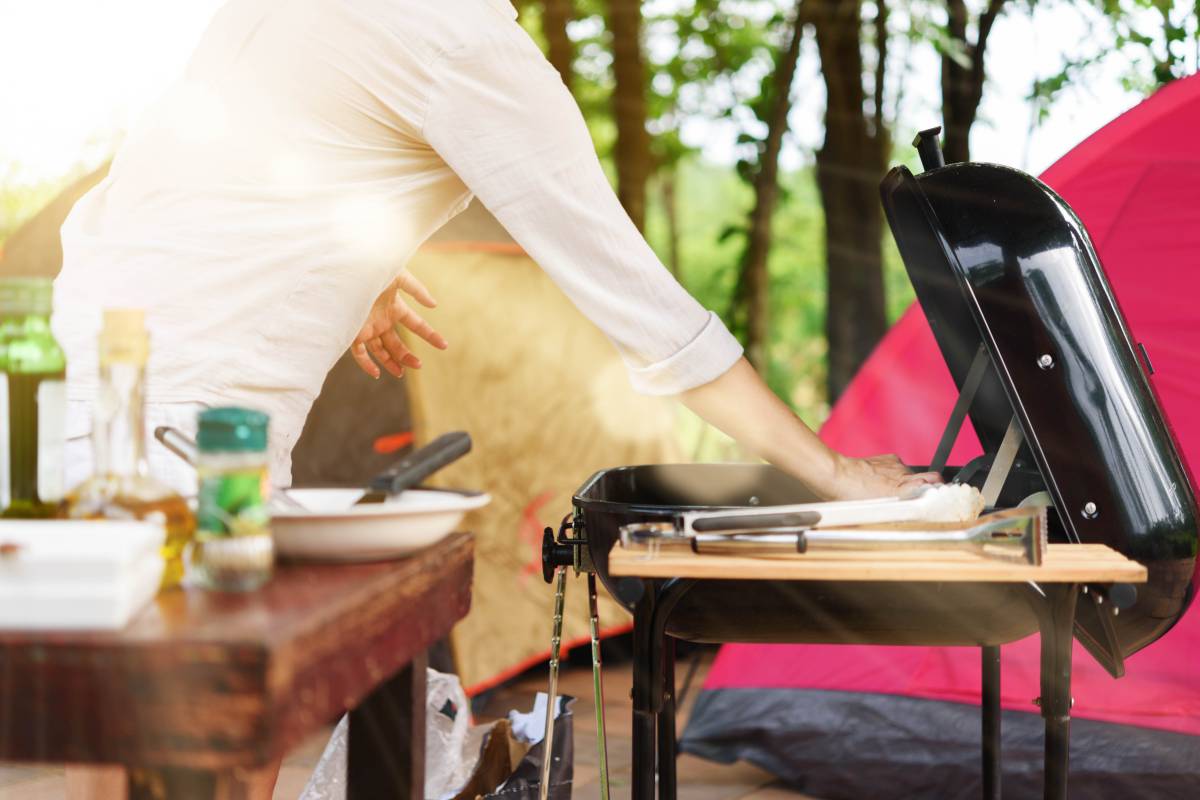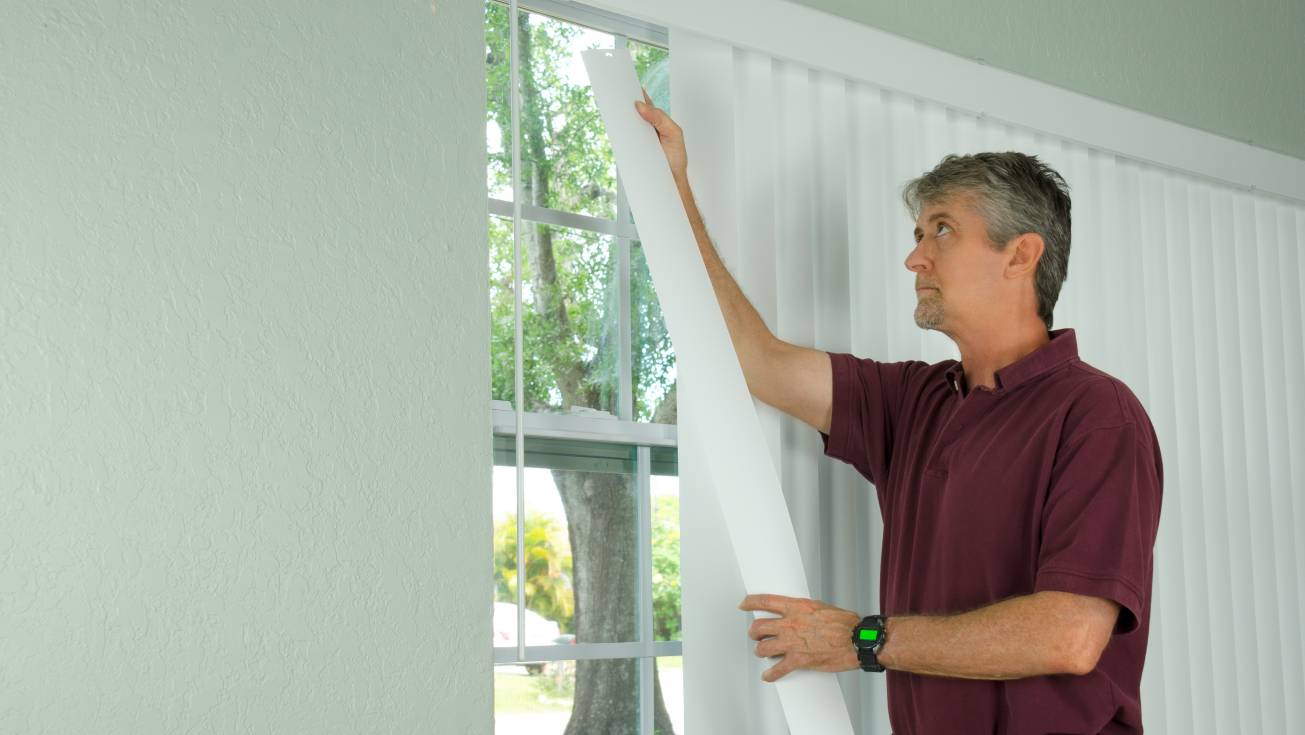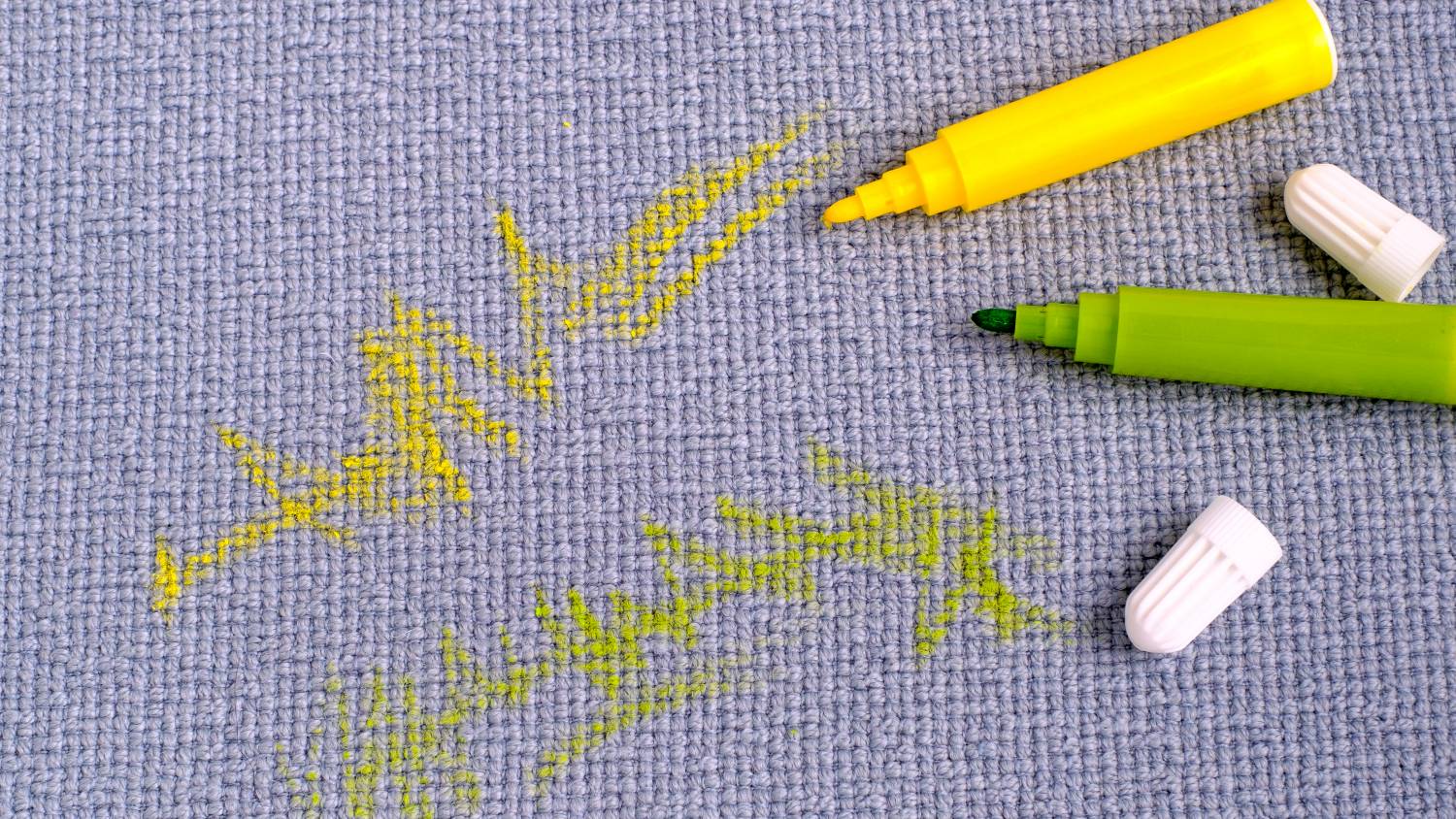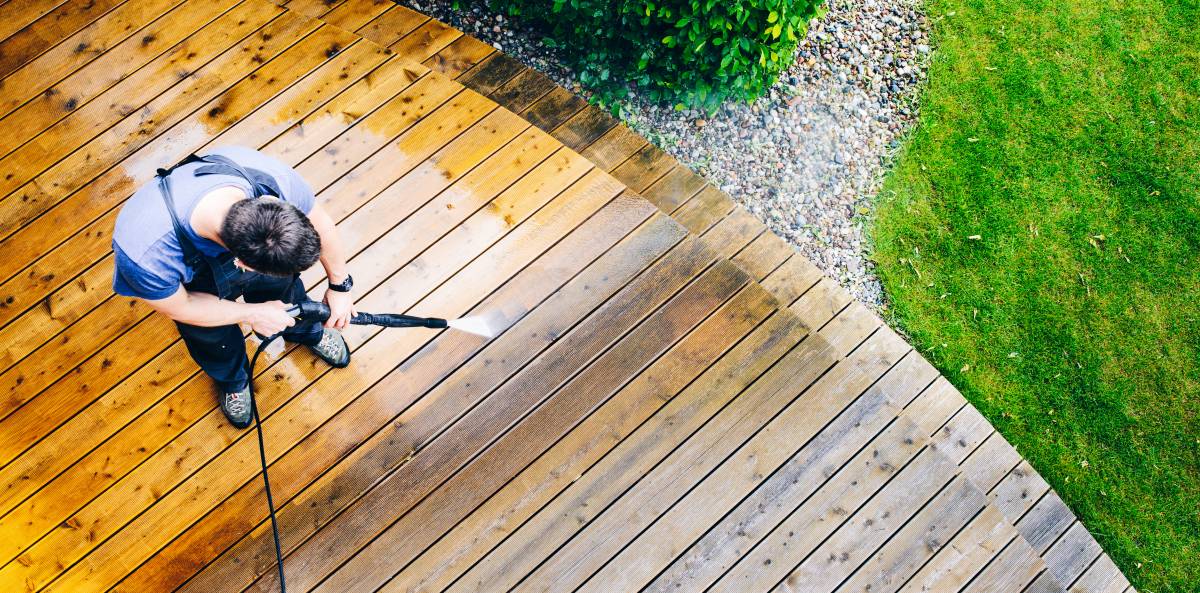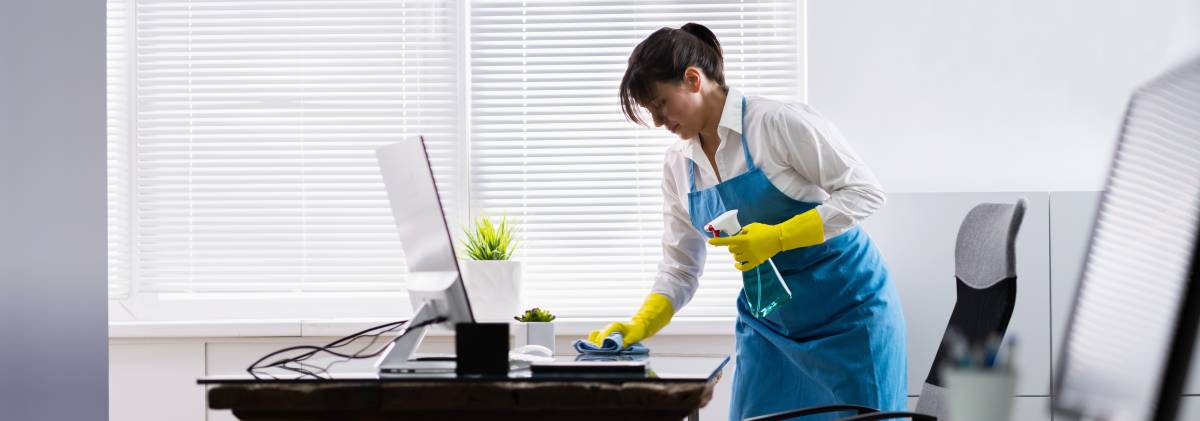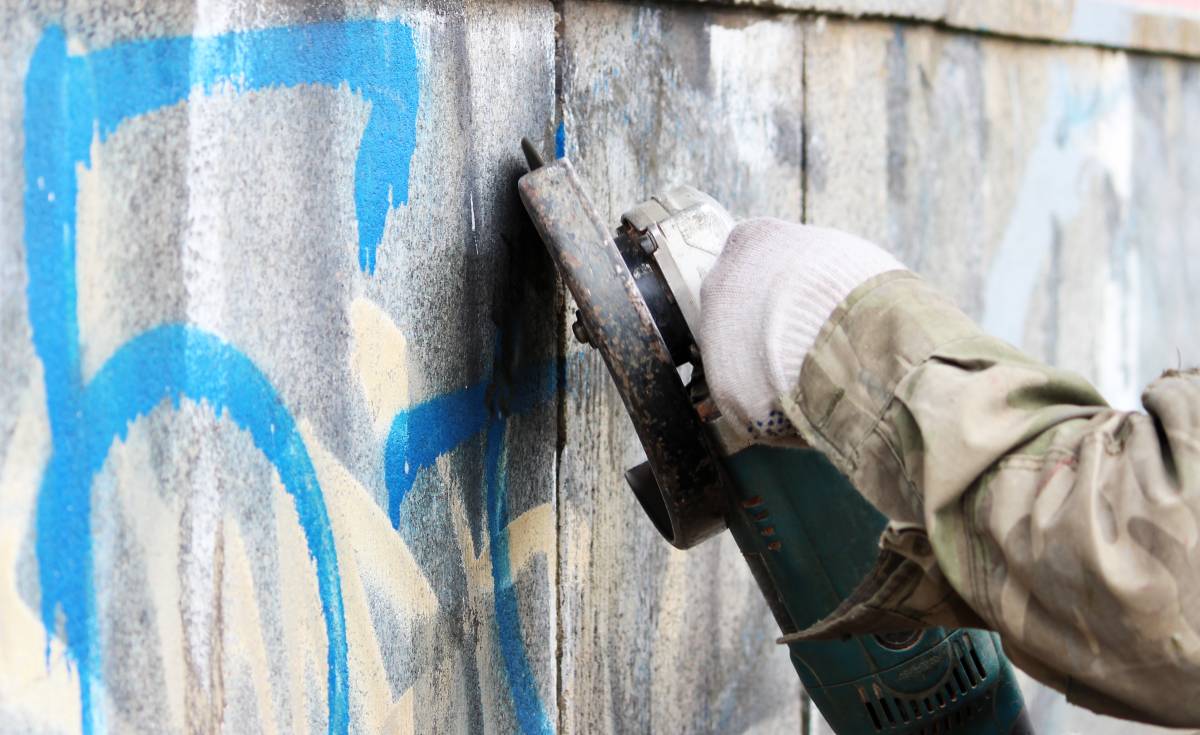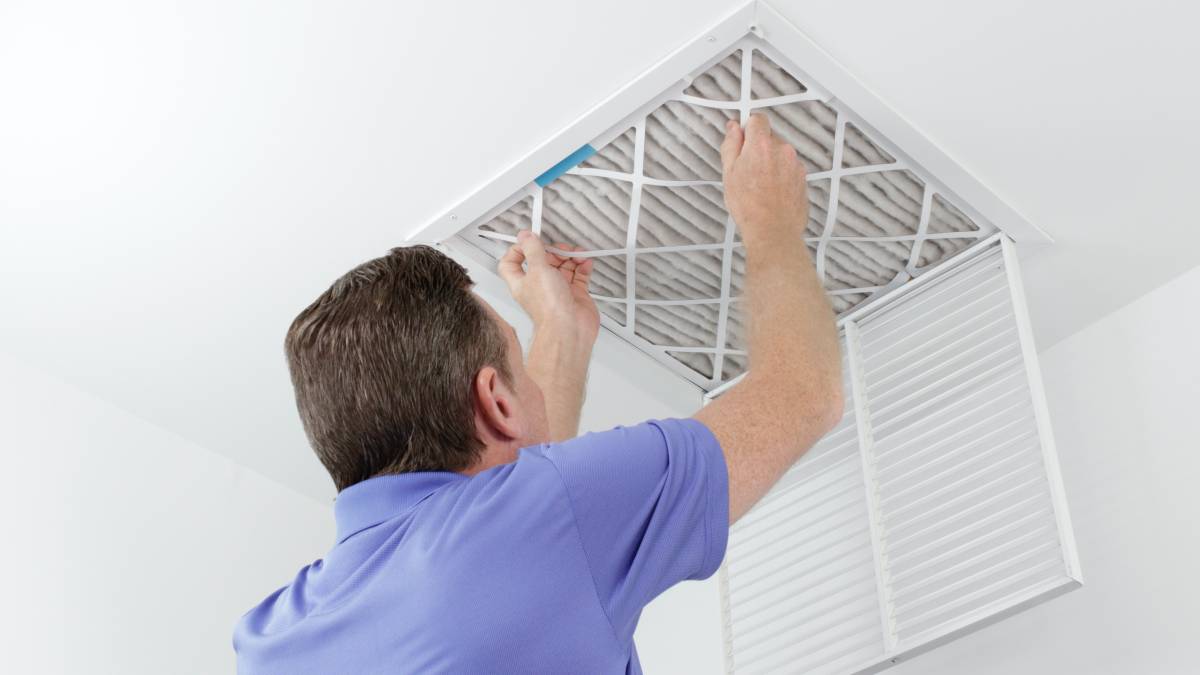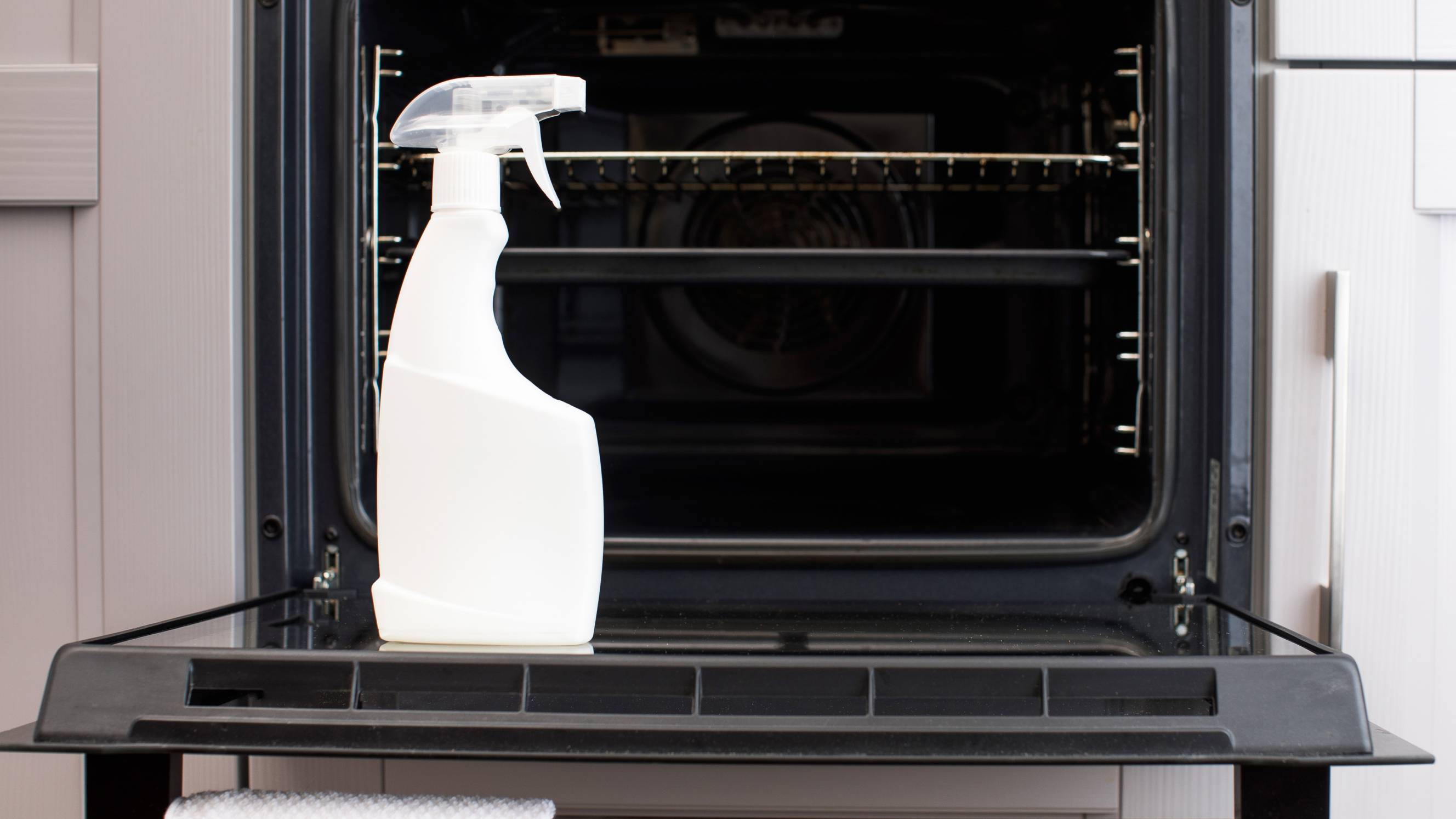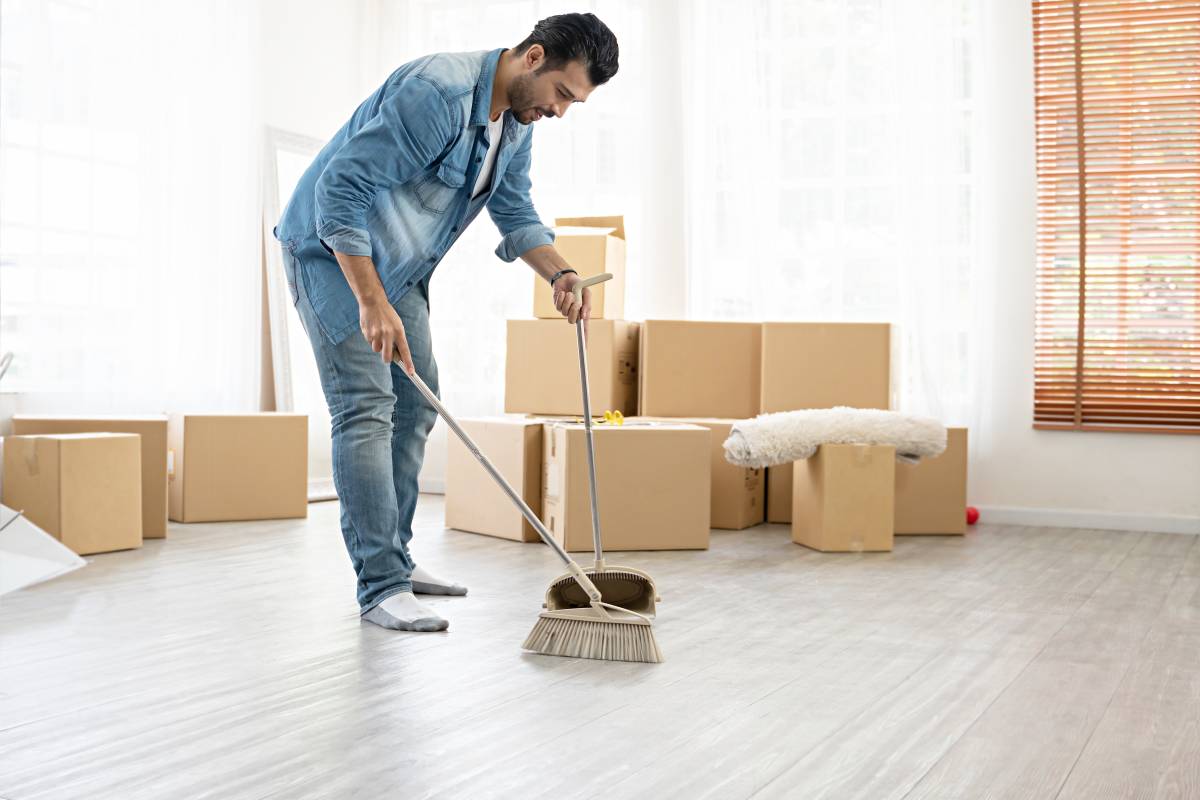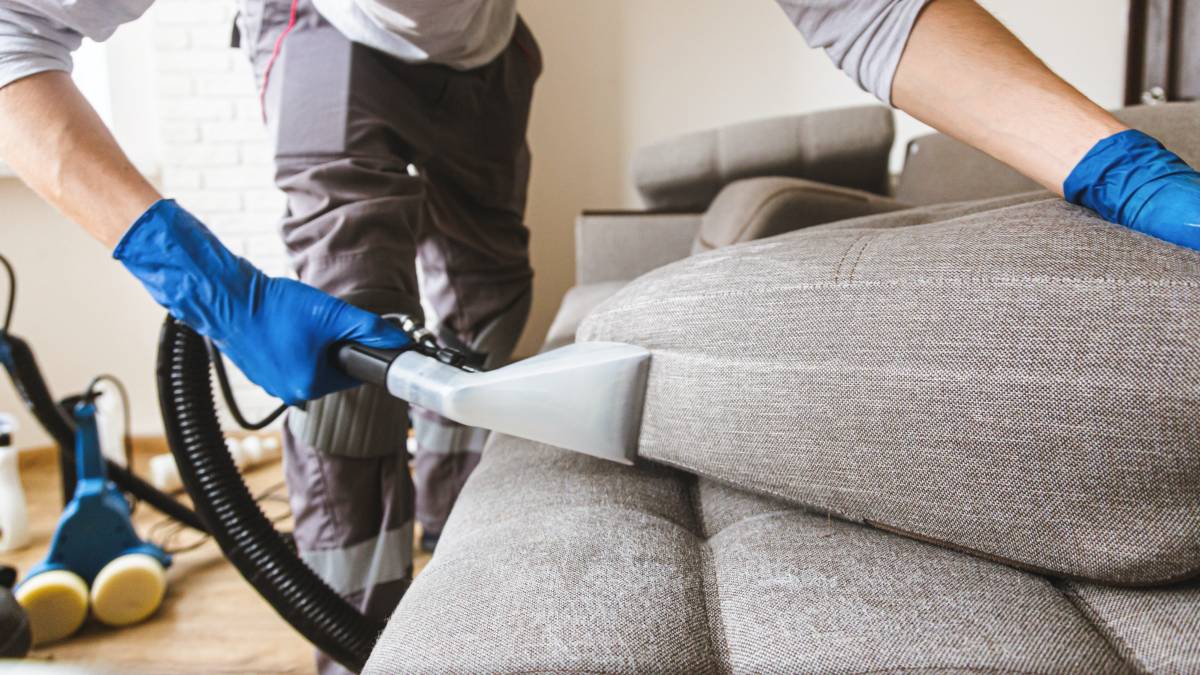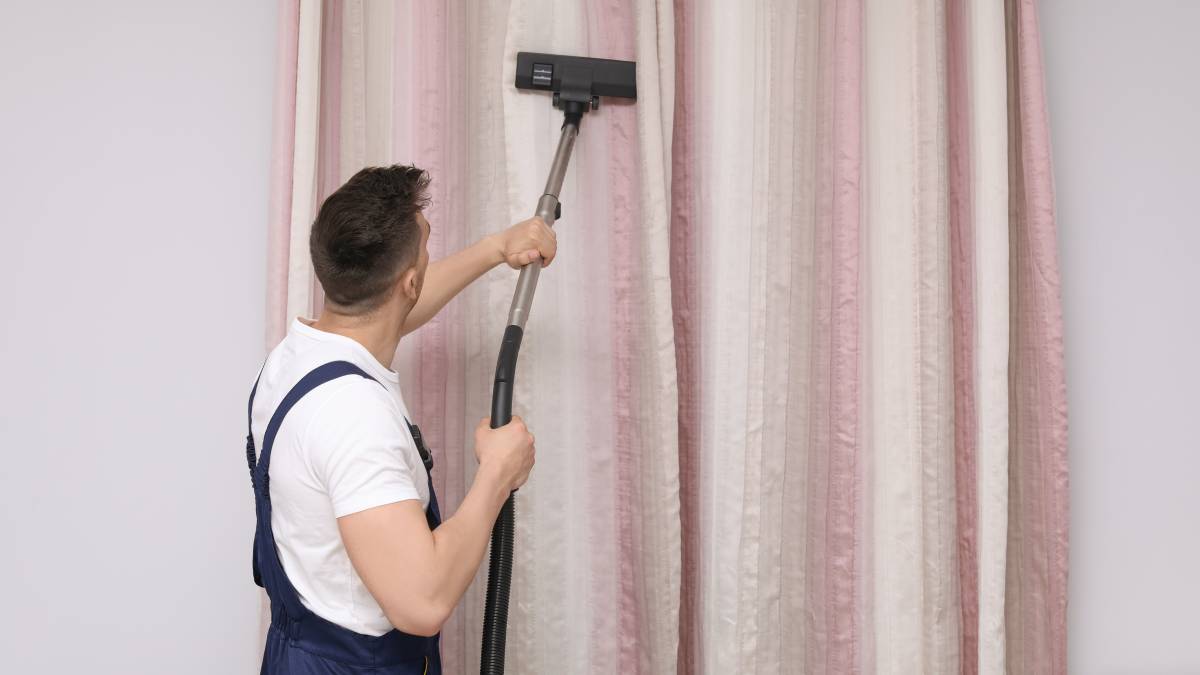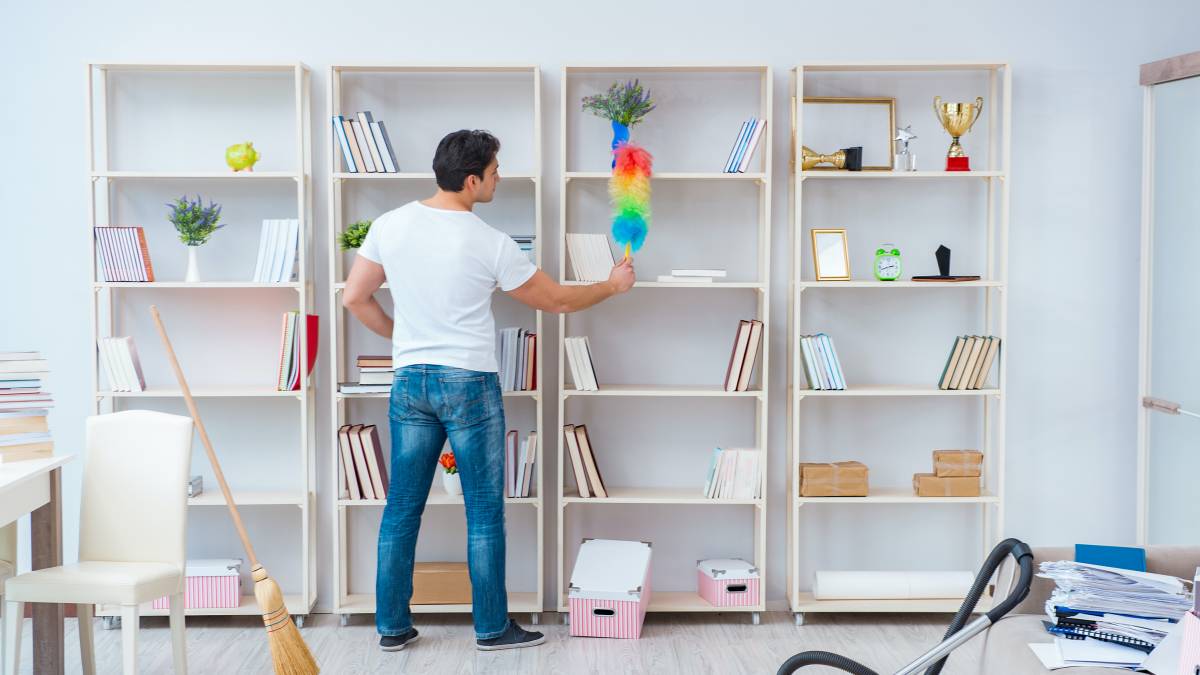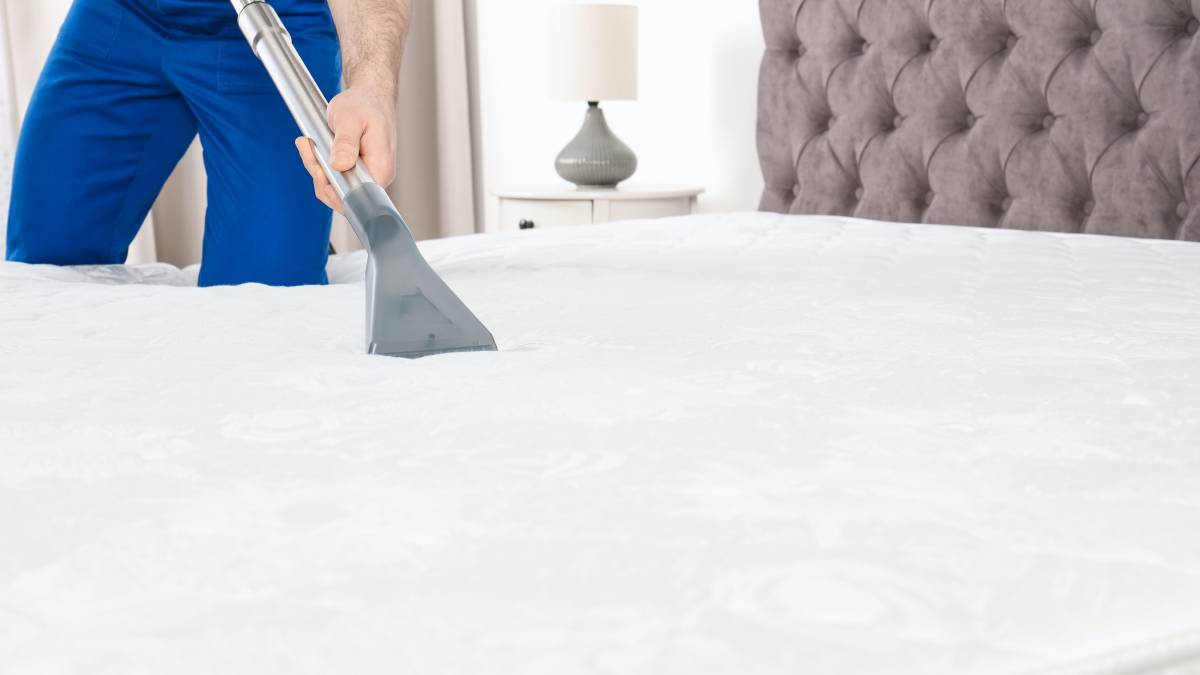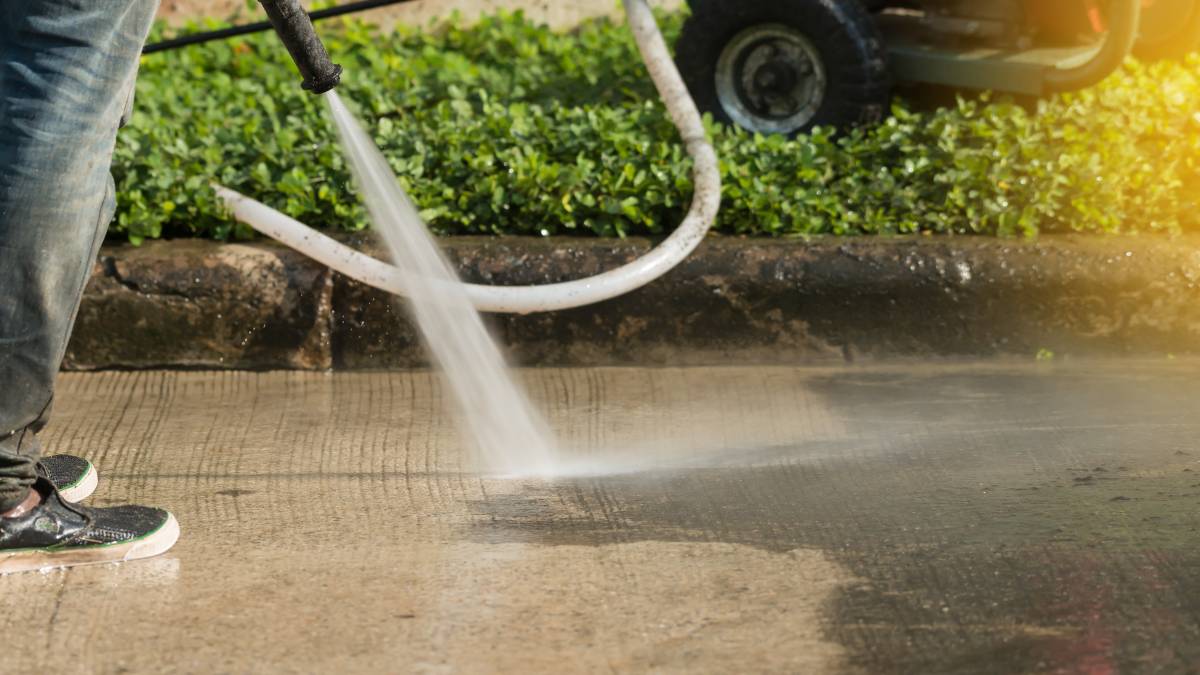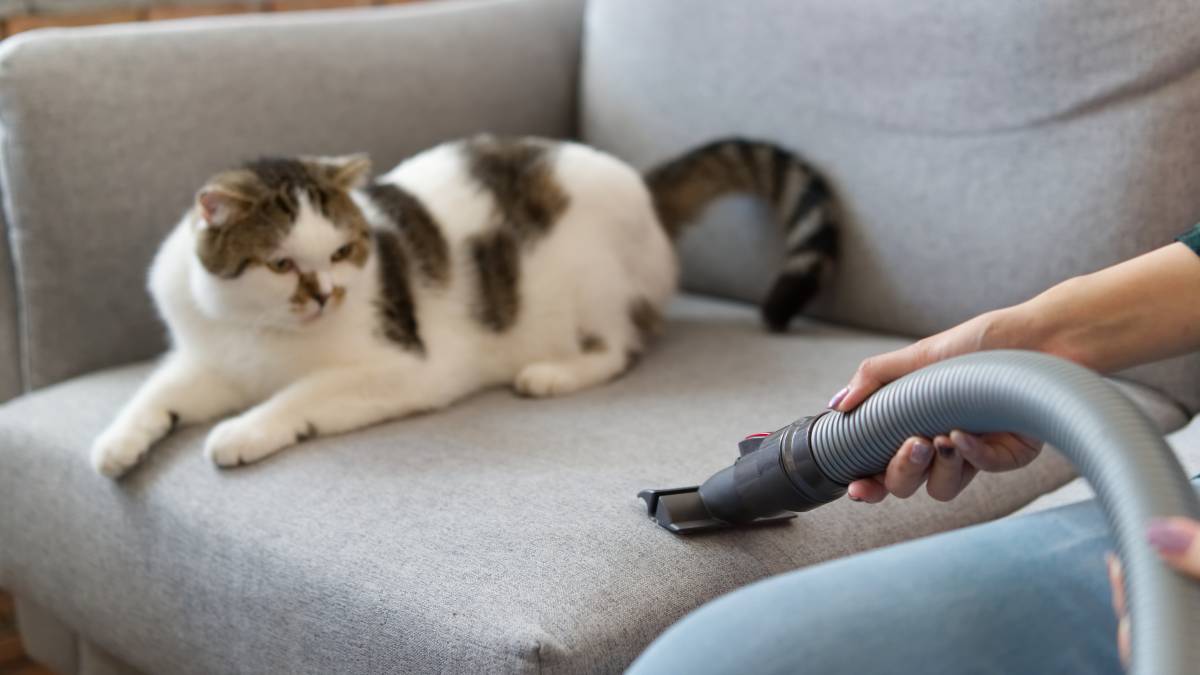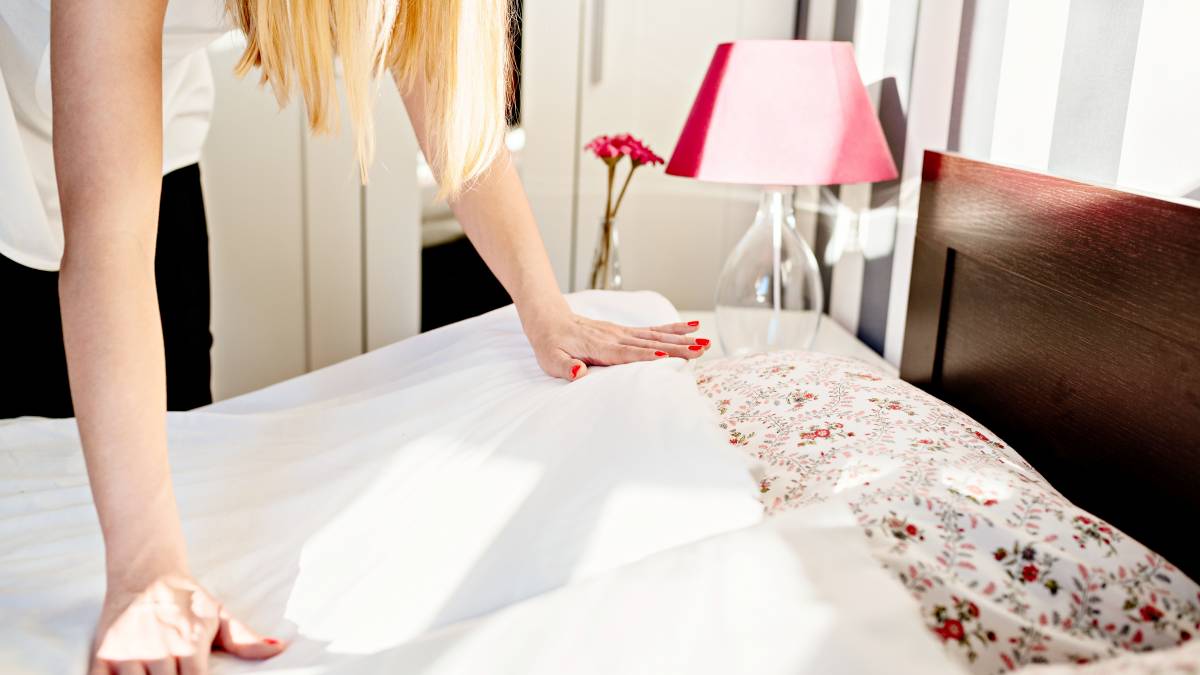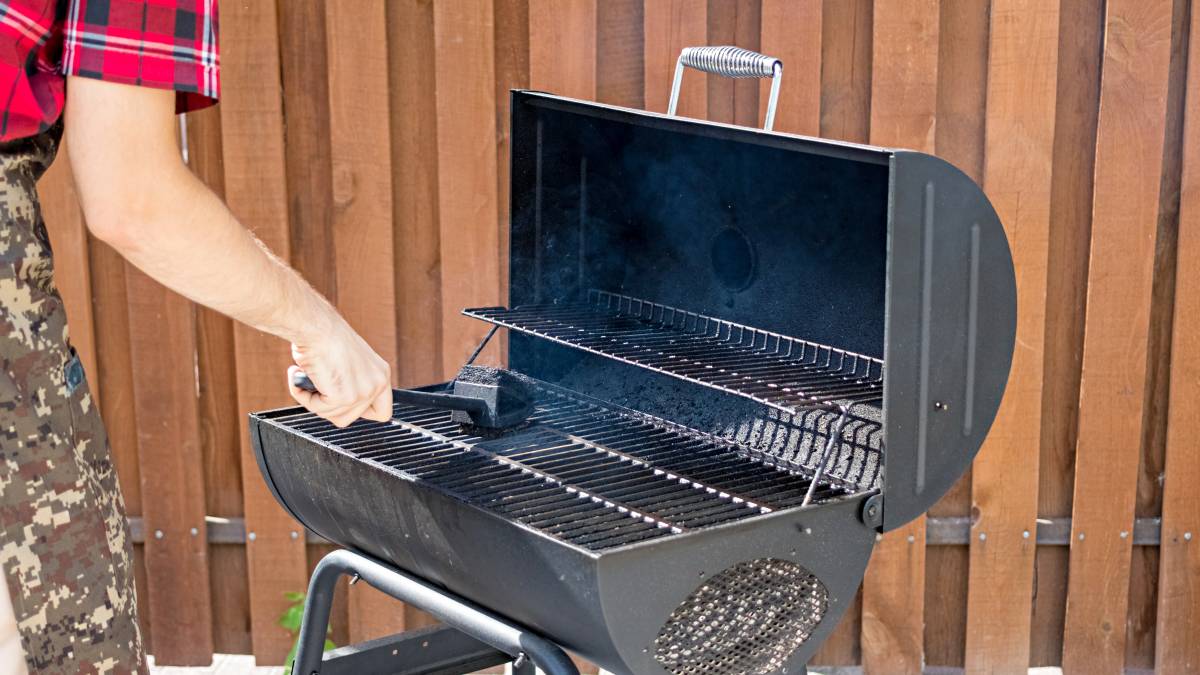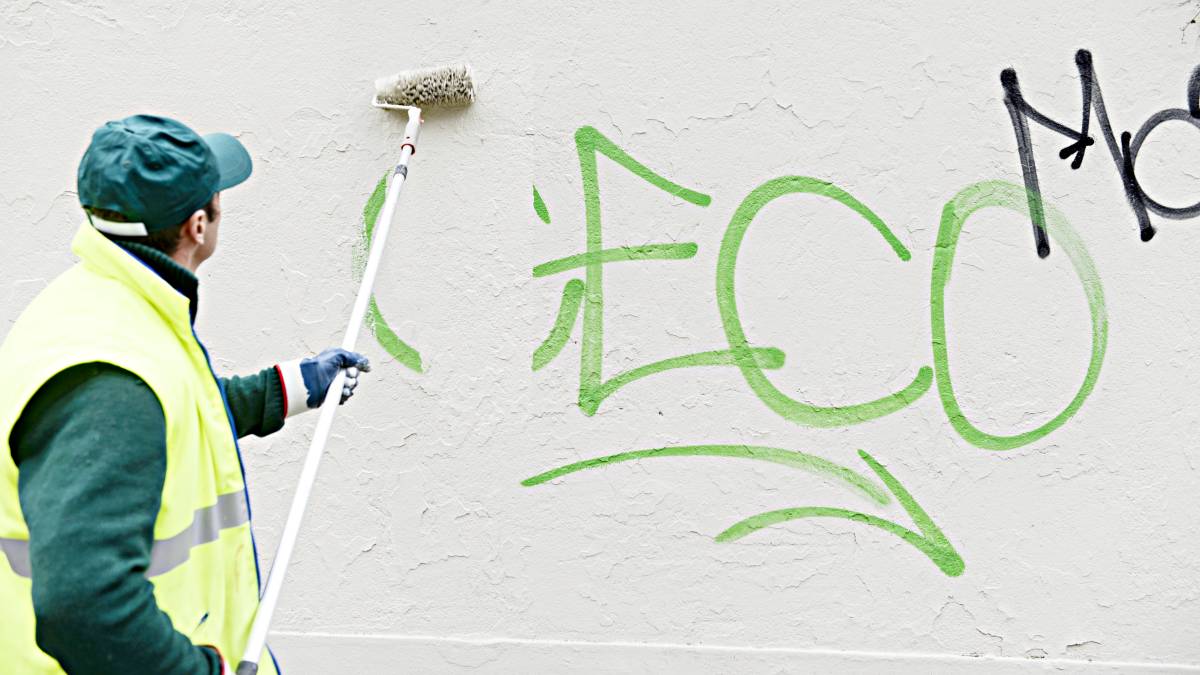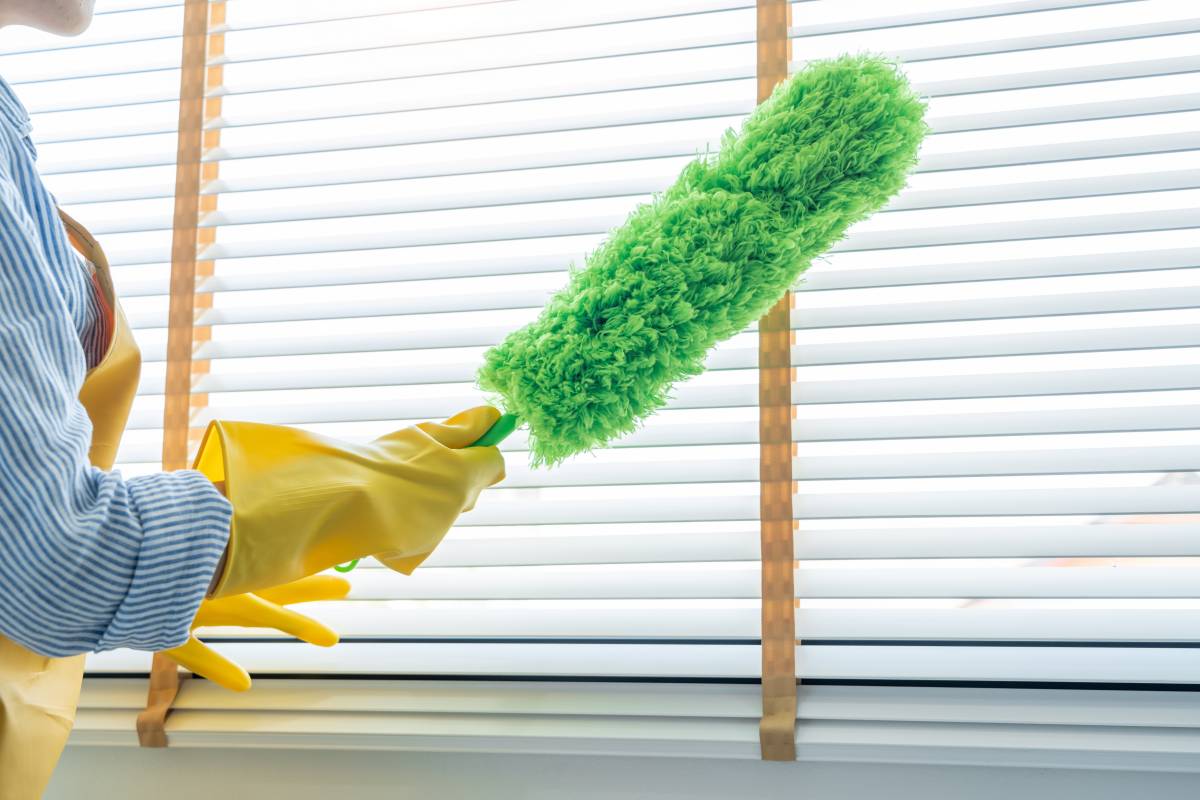
Last Updated on
After cleaning and dusting off all the lint, dust bunnies, and dirt off the furniture, it’s nice to just kick back and relax. However, your dirty duster needs cleaning, too.
Whether you are doing the cleaning yourself or hiring someone to do your dusting, remember that your duster and wash clothes also need to be cleaned.
Read on to learn how to clean different types of dusters.
How to clean duster cloths
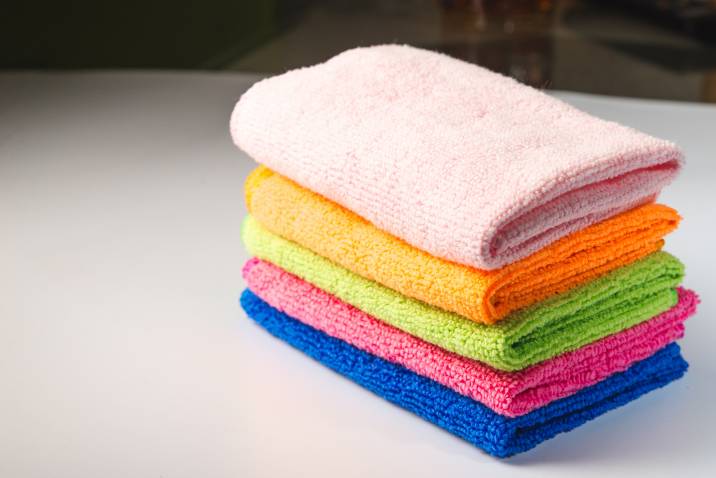
Duster cloths, both dry and wet, are useful for wiping off dust easily. It performs even better when it is a microfibre cloth. On top of that, duster cloths are also easy to clean.
Tools and materials you will need
Washing machine
Laundry detergent
Cleaning instructions
Wash all your microfibre dusters and cloth on a gentle cycle in your washing machine. Be sure to not use any bleach or fabric softeners. These can damage the duster.
Hang up the duster to air dry.
How to clean cobweb dusters
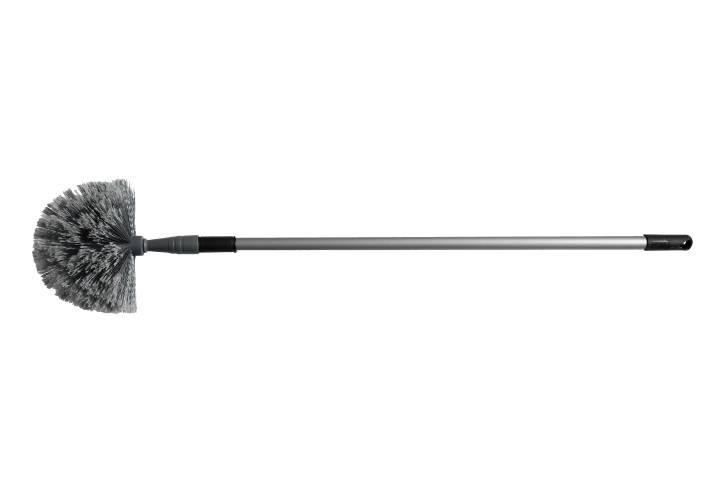
This duster helps you get to the hard-to-reach corners of your rooms, where your cobwebs will usually be found. Its cone-shaped head is attached to an extendable handle for this purpose.
After giving your rooms a sweep, don’t forget to clean your cobweb duster.
Tools and materials you will need
Large bucket/sink
Cleaning instructions
Tap off any excess dirt or big cobwebs hanging off the duster. It’s best to do this outdoors to avoid mess.
Clean the duster by running it under the tap of your sink or by swishing it in a bucket of clean water.
Hang it outdoors or in the shower to let it dry.
How to clean static dusters
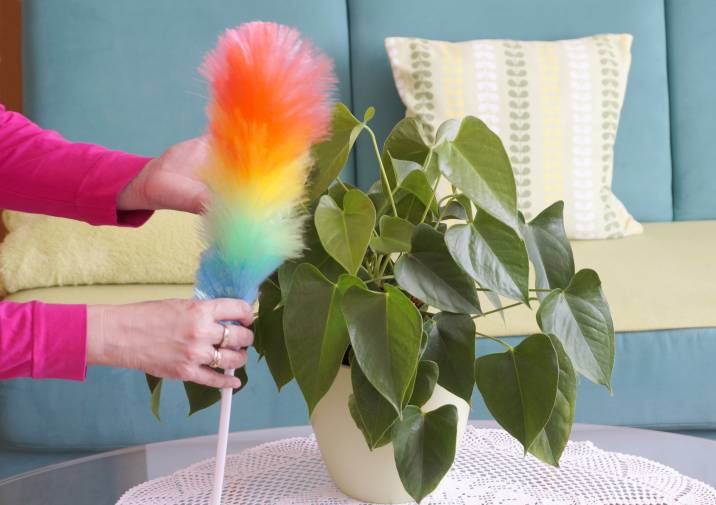
These are dusters that are made to attract dust by using static electricity. Think of a magnet, but it’s for dust instead.
Tapping off a static duster does the job of cleaning it, but if dust still lingers, you can follow these steps to ensure it’s dust free. All you will need is a large bucket of water.
Cleaning instructions
Submerge the duster in water and swish it around until all dirt and dust fall out.
Throw out the water and fill up the bucket with clean water. Swish the duster inside the clean water.
Shake off the excess water from the duster.
Hang the duster to allow it to air dry.
How to clean a feather duster

These dusters are best used for cleaning your small figurines or picture frames. When the feathers are barbed together, they are able to create static electricity to capture dust.
Tools and materials you will need
Dishwashing liquid
Large bucket
Bath towel
Cleaning instructions
Take your feather duster outside and remove any loose dirt and dust. You can do this by hitting its handle against the rail or shaking it slightly.
Fill up a bucket of water. Add 2 tablespoons of dishwashing liquid into the bucket. Make the solution bubble by shaking your hand inside the water.
Put the feather duster into the water. Swish it around in an up-and-down motion to remove any dirt lingering on the feathers. Do this for about 3 - 4 minutes. Don’t let the duster submerge in water for too long since this can cause the adhesive of the feathers to break apart. Drain the water.
Refill the bucket with clean water to rinse the feather duster. Swish the feather duster around the water to remove the soap. If you still notice soap in the feathers, you can run the duster under the sink faucet.
Shake off the excess water in the feather duster. Do this by holding the handle between your palms and rolling your palms together. This will create a spinning motion that will effectively dry the feather duster. You can do this over a towel laid down on a table or outside to prevent mess.
Allow the feather duster to drip dry by hanging it outside or in the shower. Don’t use it unless it has completely dried down.
How to clean a lambswool duster

Most wool dusters are made from lambswool. They are made of natural fibres and lanolin, which are responsible for creating static electricity in this duster. It can clean different kinds of surfaces and furniture at home.
Tools and materials you will need
Large bucket
Water
Dishwashing liquid
Glycerin
Towel
Cleaning instructions
Shake off any loose dirt or dust from your duster. Doing this outside is best to prevent dirt from going on your furniture.
Fill the bucket with water and add 1 - 2 tablespoons of dishwashing liquid. Submerge the duster into the water and swish it in an up-and-down motion.
Remove the duster from the bucket and refill it with clean water. Rinse the duster inside the clean water until all the soap is removed. Gently squeeze out the excess water from the duster.
Restore the natural oils of the wool duster. Add one tablespoon of glycerin and work it into the duster using your hands.
Hang the wool duster outside to let it air dry. You can take its handle between your palms and roll your hands together to fluff up the wool once again.
Hire cleaning help when you need it
Proper cleaning ensures your duster continues to effectively trap and remove dust. When your schedule gets too tight, you can always hire a cleaner to help clean your home and cleaning tools. With these DIY tips in mind and a cleaning service within arm’s reach, keeping your home dust-free is a piece of cake!
| Also read: Cleaning cost guide |
FAQs on cleaning dusters
This will depend on the type of duster. However, you can always ensure it’s clean by washing it after 3-4 uses. You can usually spot if the duster has gotten dirty. To make sure wool and feather dusters are clean, you can tap them off after every use.
Dusters are made of different materials, and they all work to an extent. Feather dusters are not the best kind of dusters since they tend to move around the dust instead of picking it up. On the other hand, microfibres are the best kind. They easily pick up dirt and dust and are good for all types of surfaces and furniture.
Find dusters, fast
Find a duster
Related articles

How to get rid of dust in your home
Read more
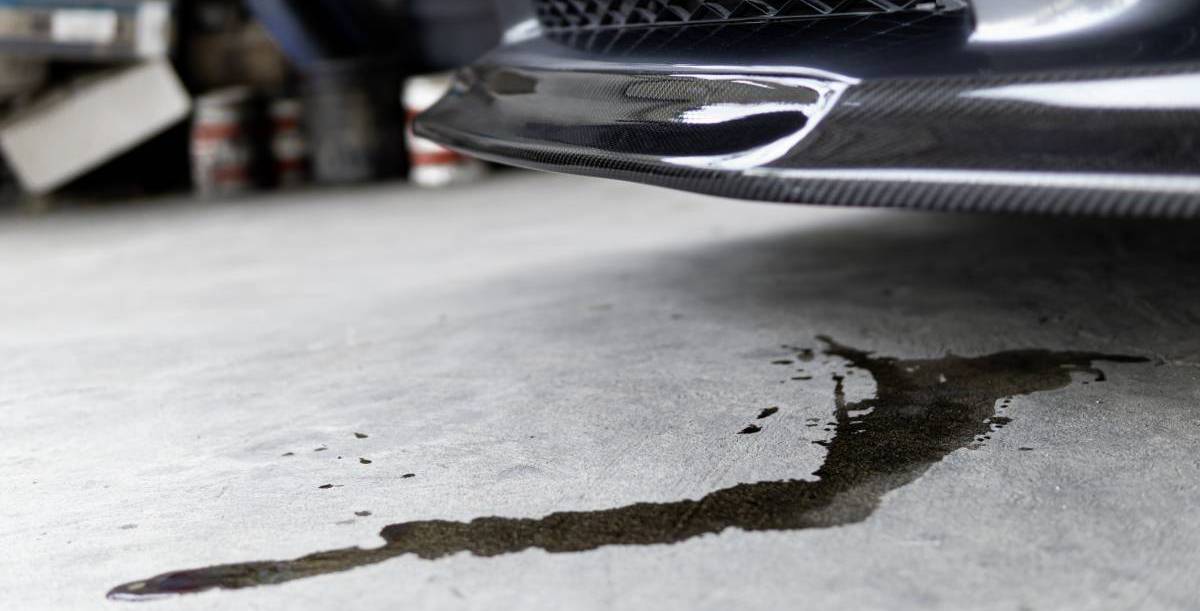
How to clean a garage floor
Read more

End of tenancy cleaning checklist
Read more
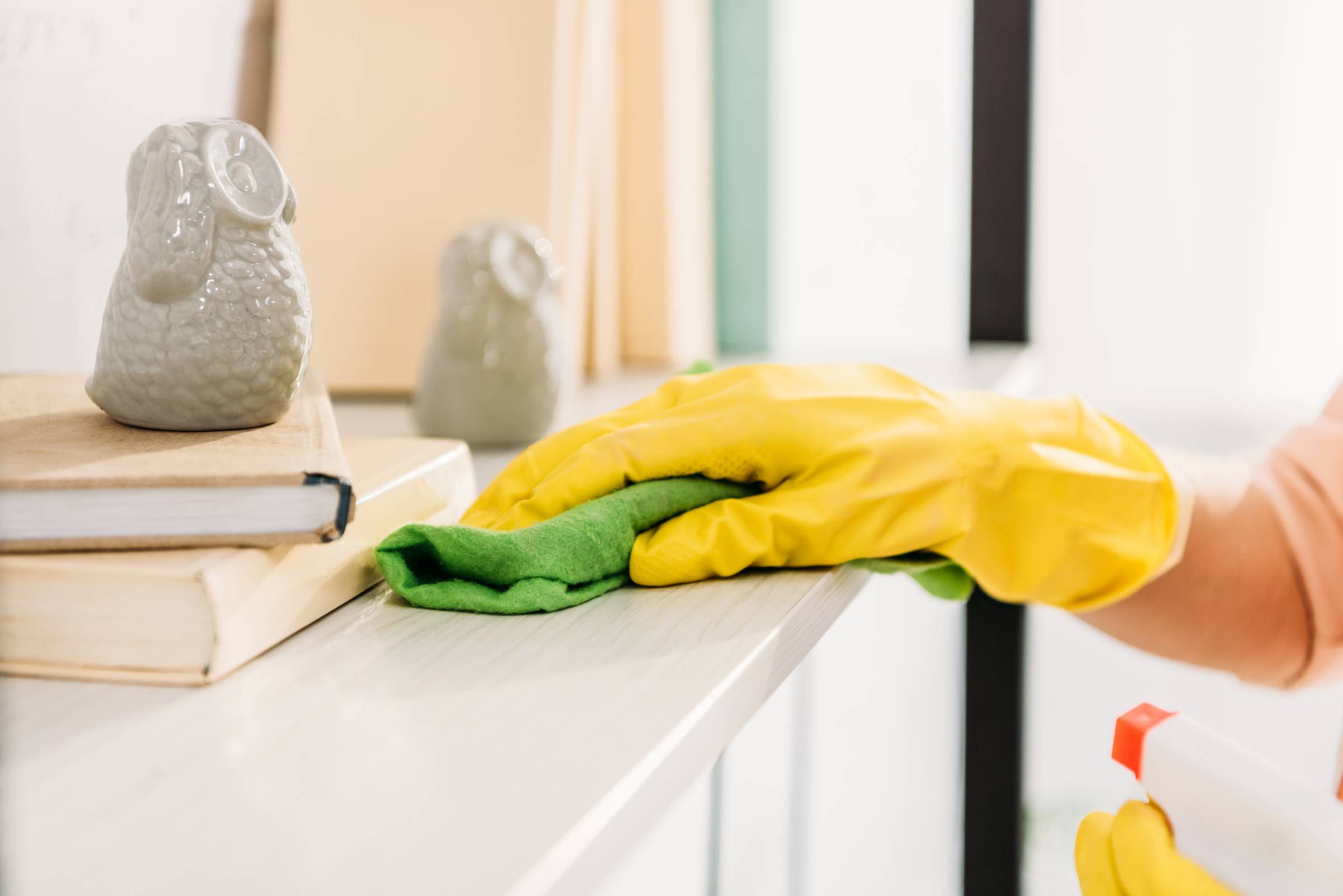
The ultimate spring cleaning checklist
Read more
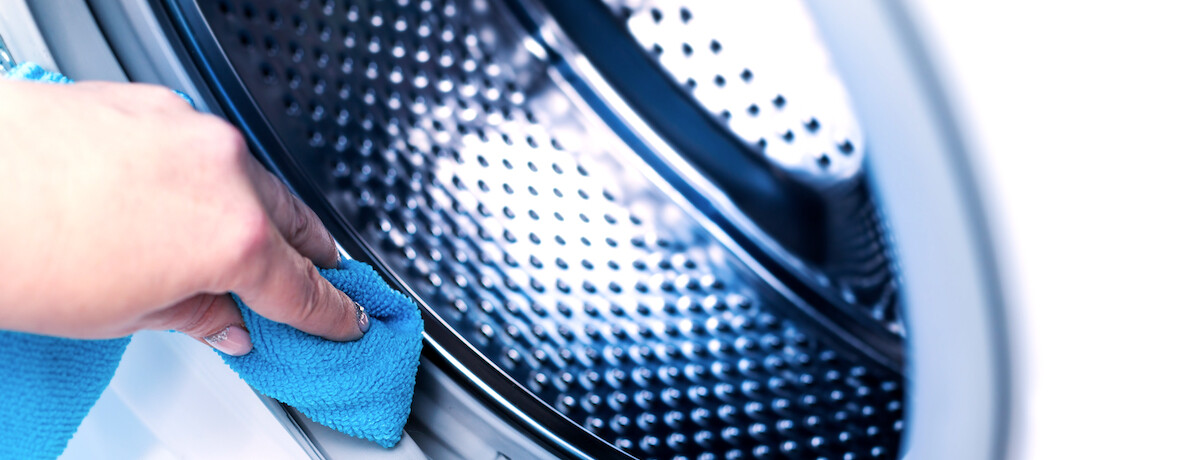
How to best clean a washing machine
Read more
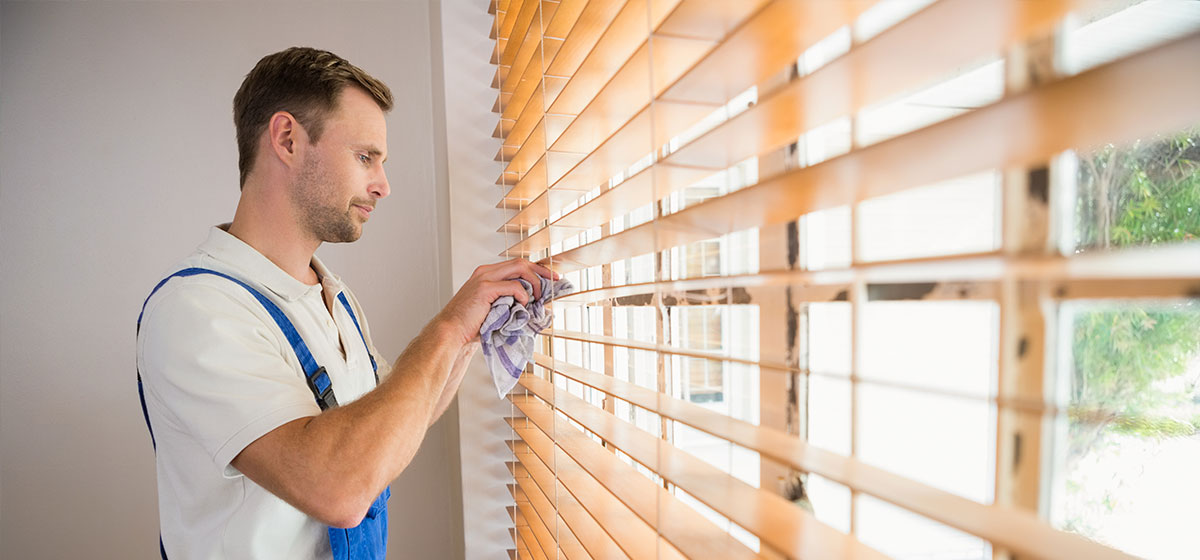
How to clean Venetian blinds
Read more
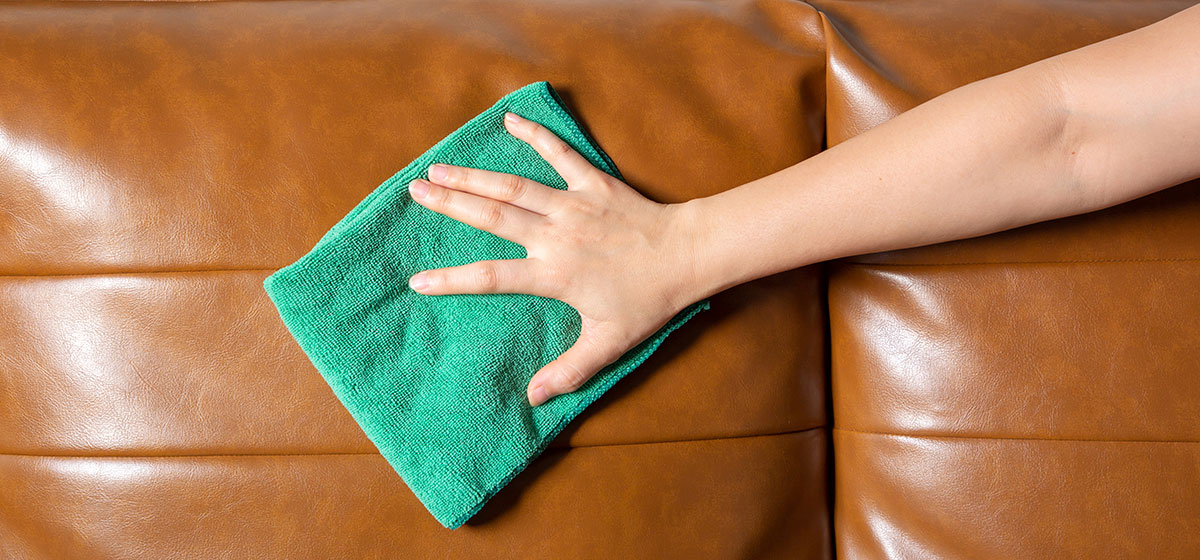
How to clean leather couch at home
Read more
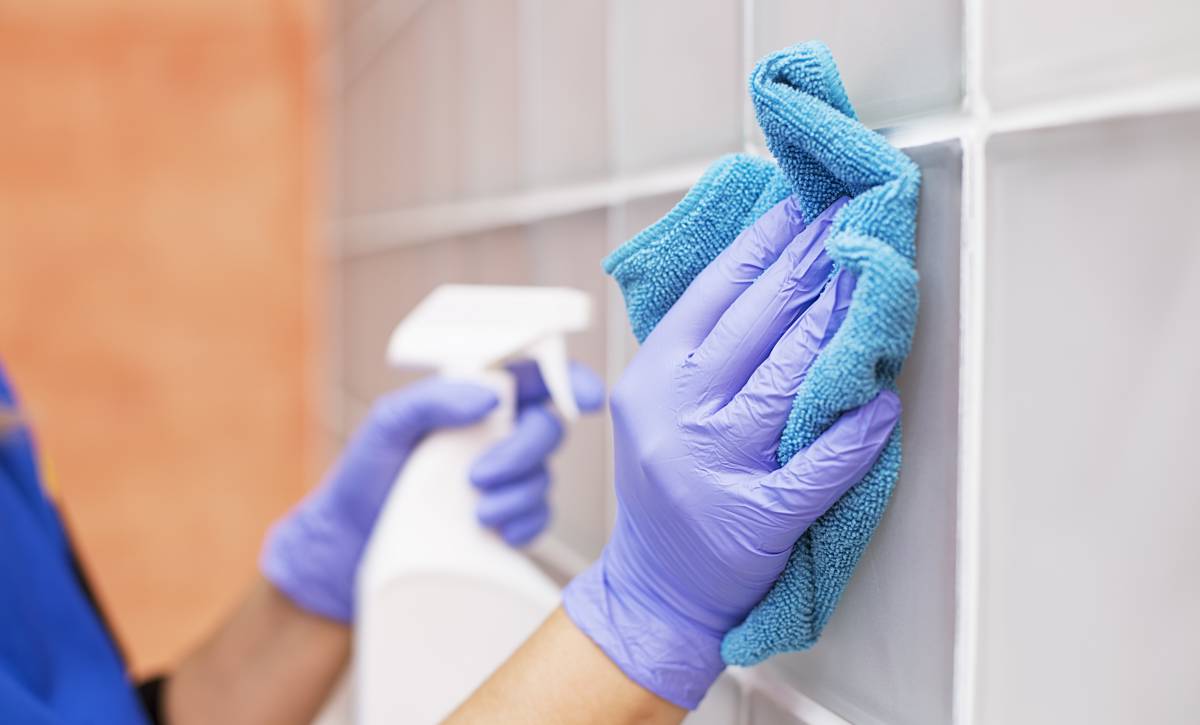
How to get more cleaning jobs
Read more

How to get a cleaning certification
Read more
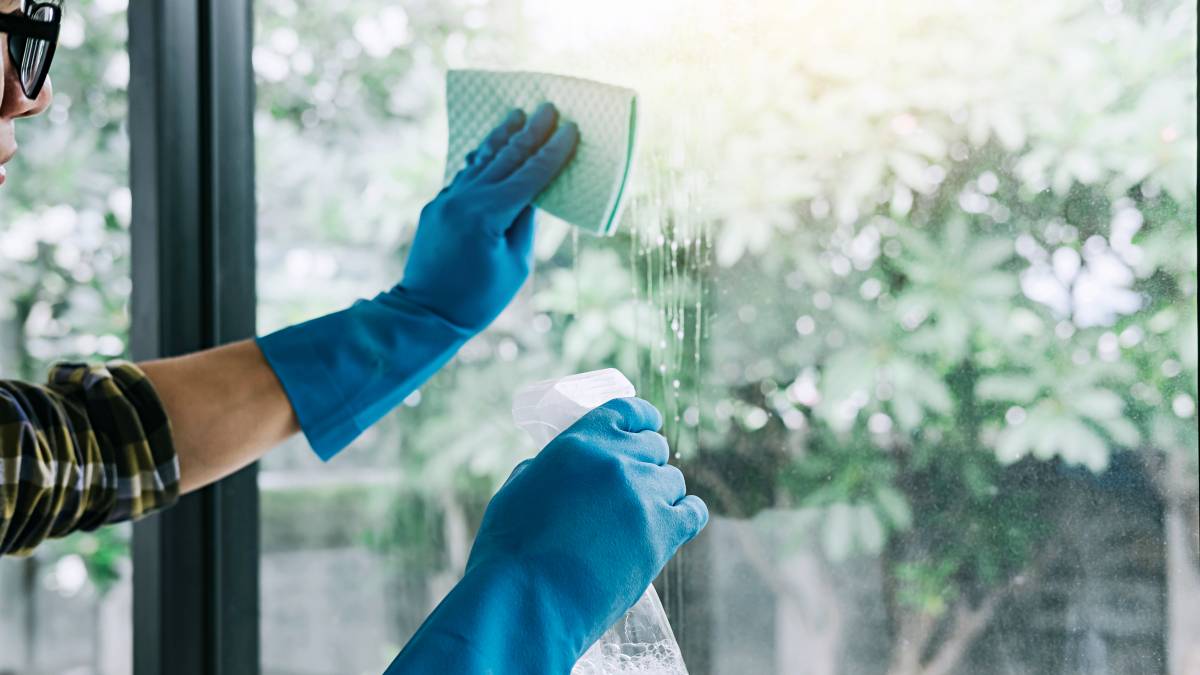
How to price cleaning jobs
Read more
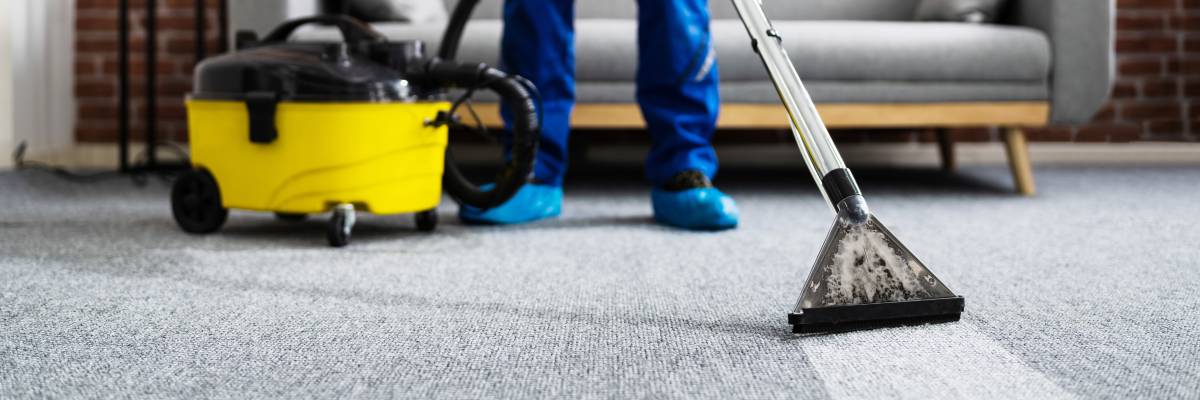
How to become a housekeeper
Read more
Related price guides

How much does sofa cleaning cost?
Read more
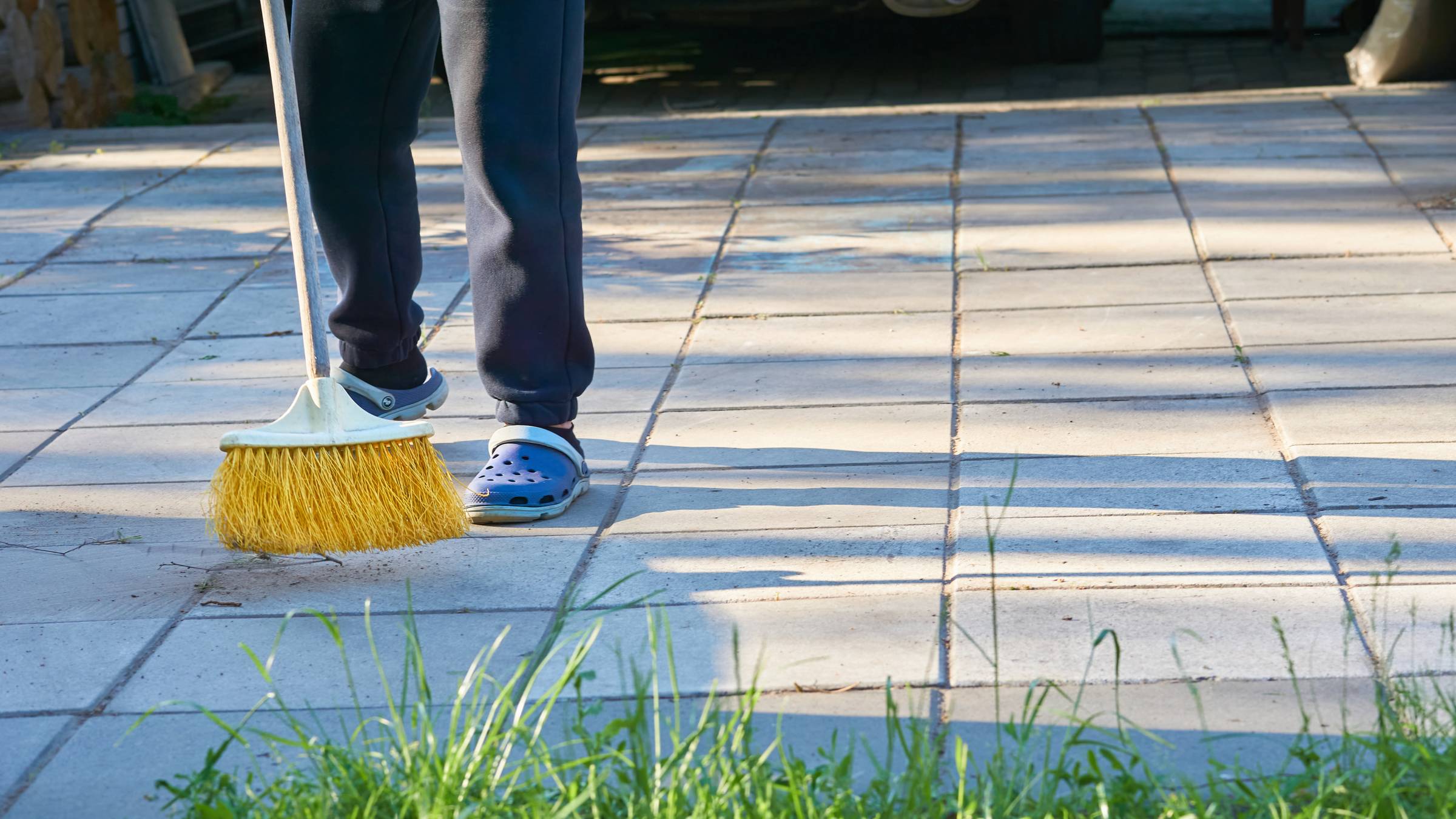
How much does patio cleaning cost?
Read more
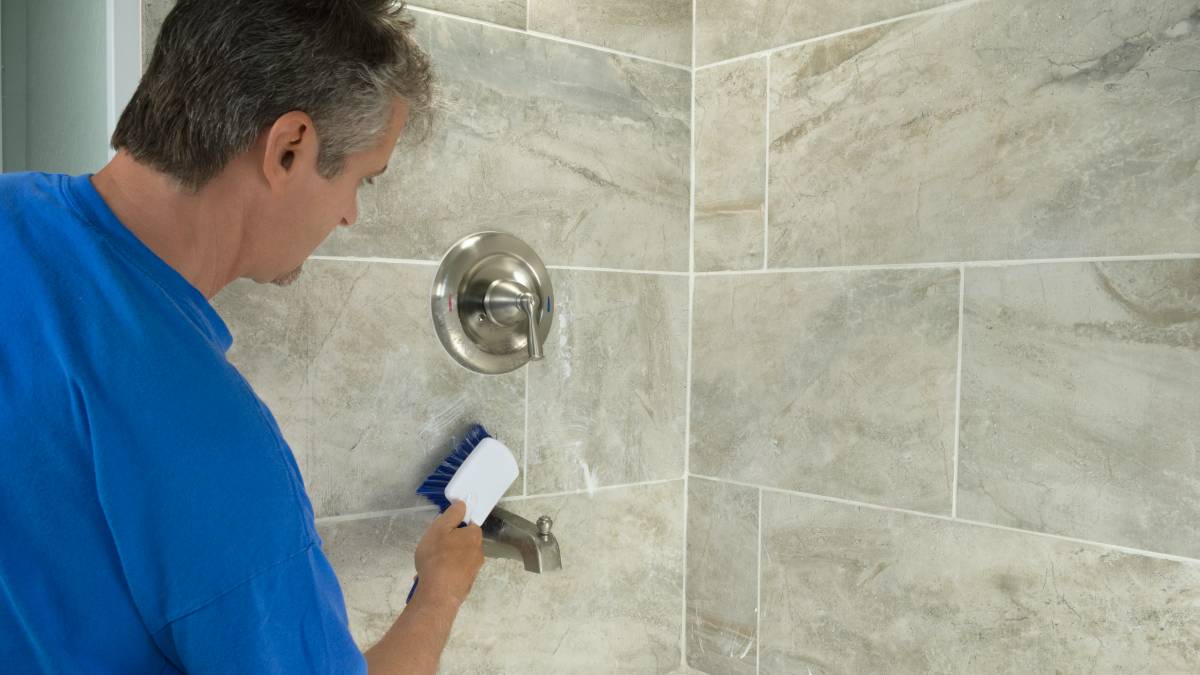
How much does tile cleaning cost?
Read more
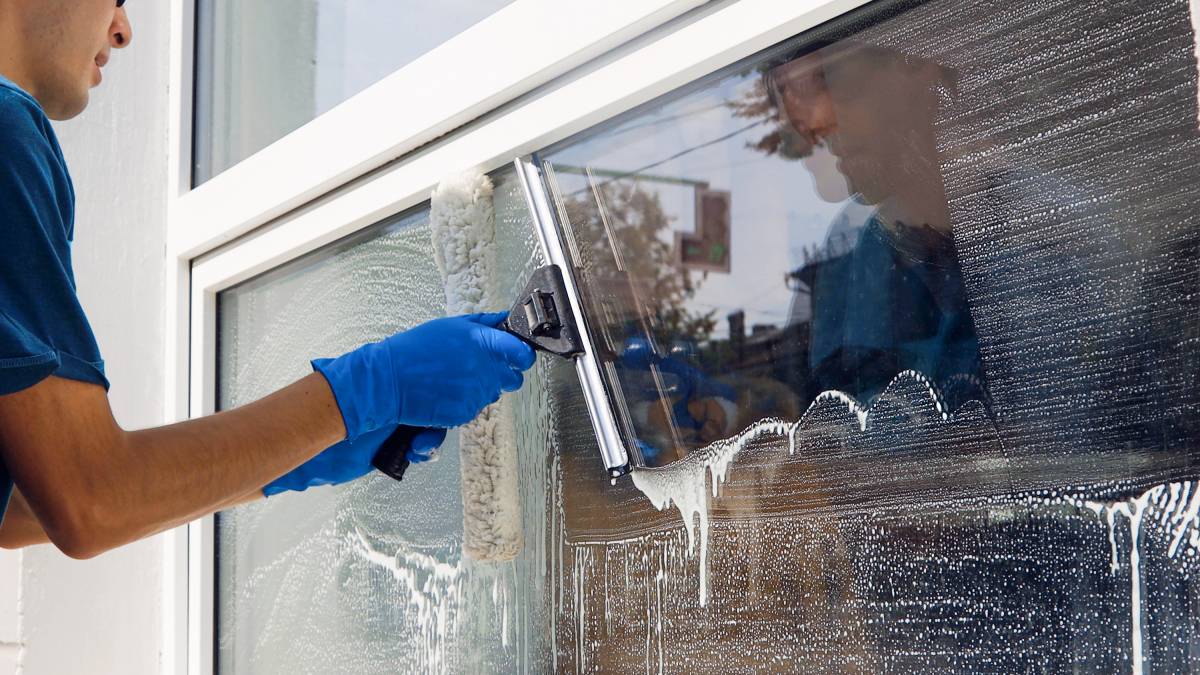
How much does a cleaner cost?
Read more
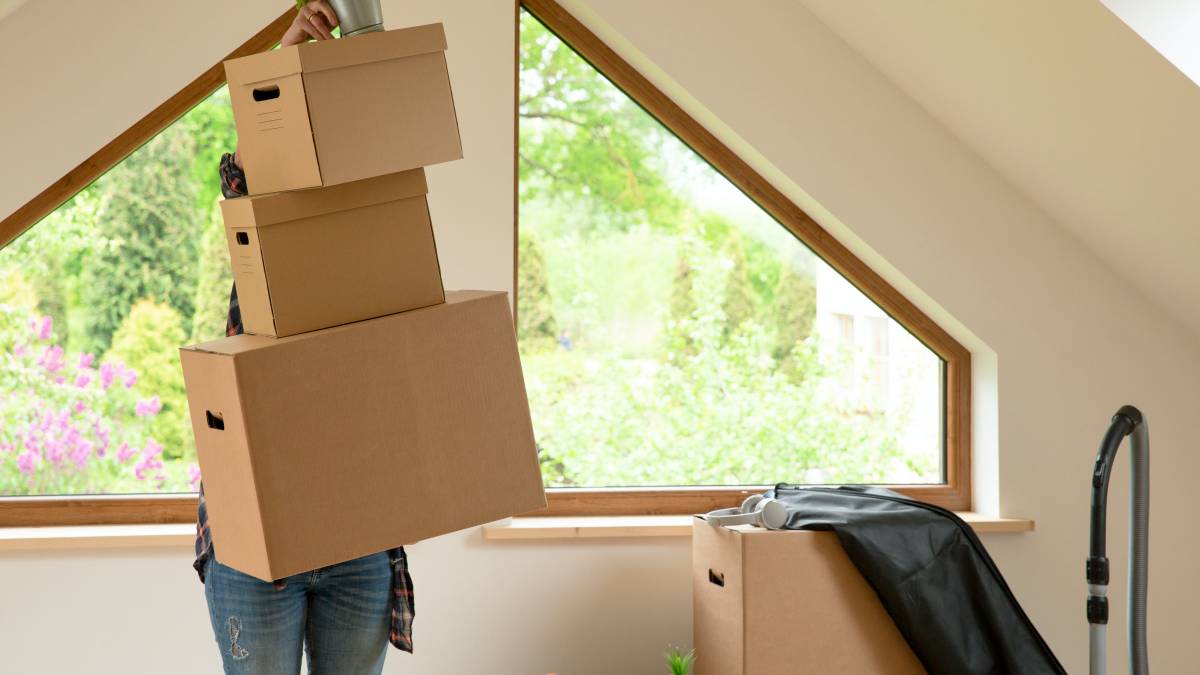
How much does attic cleaning cost?
Read more
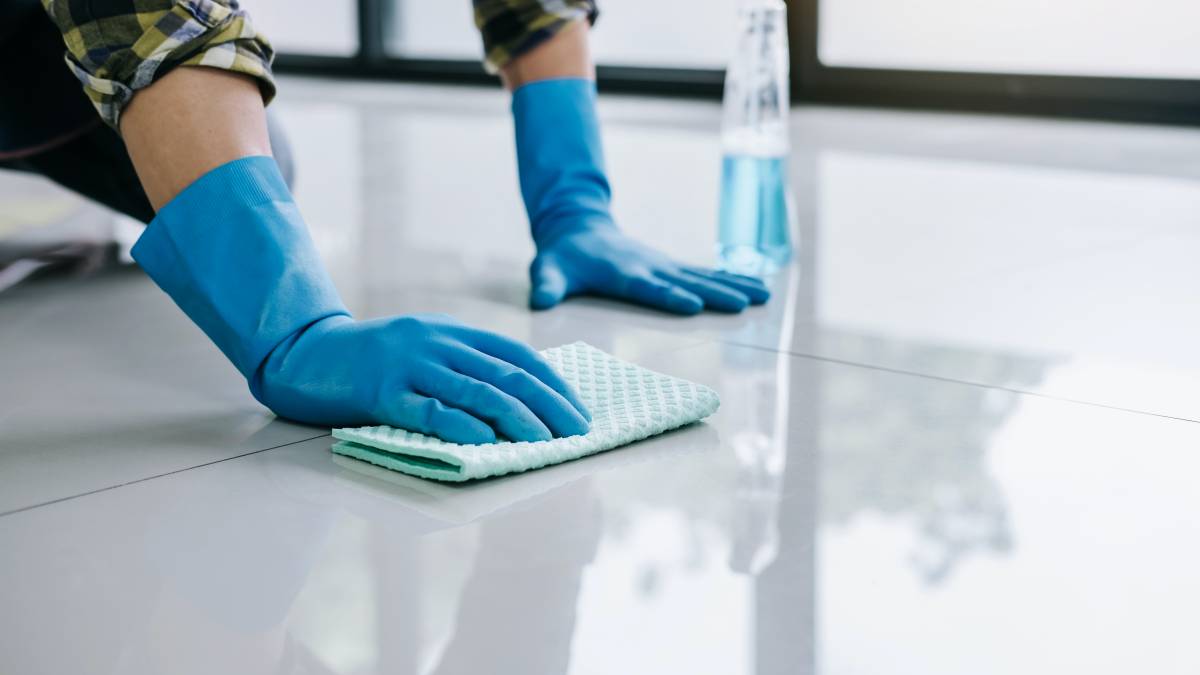
How much does floor cleaning cost?
Read more

How much does office cleaning cost?
Read more
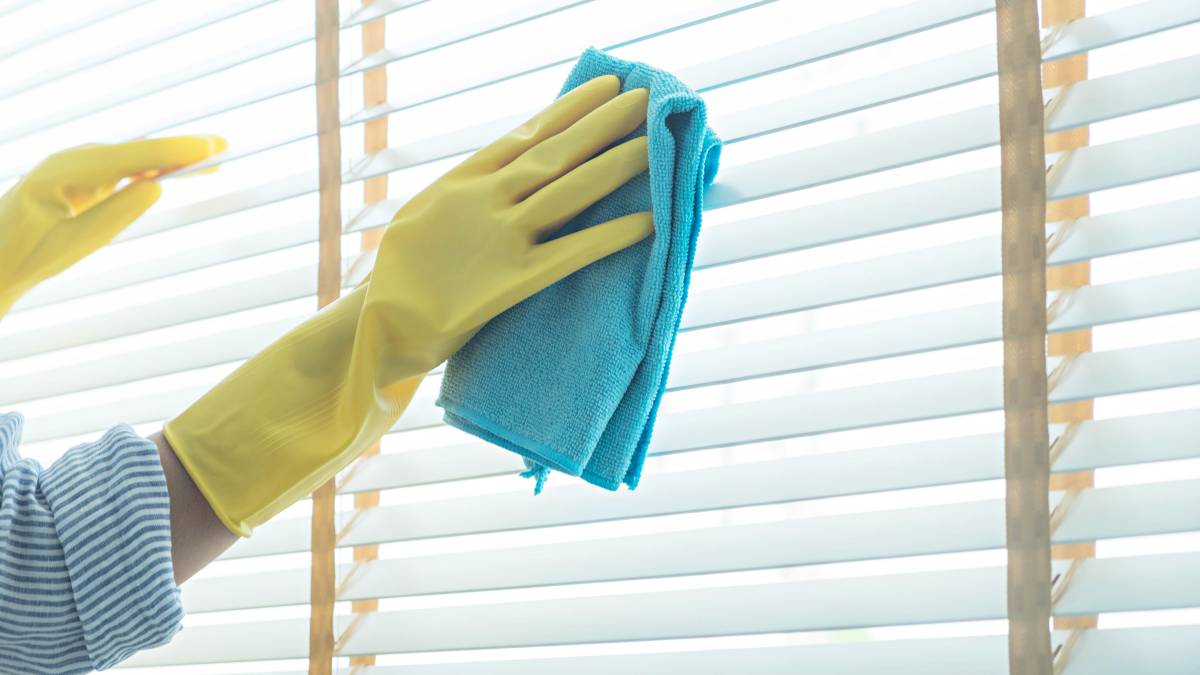
How much does blind cleaning cost?
Read more
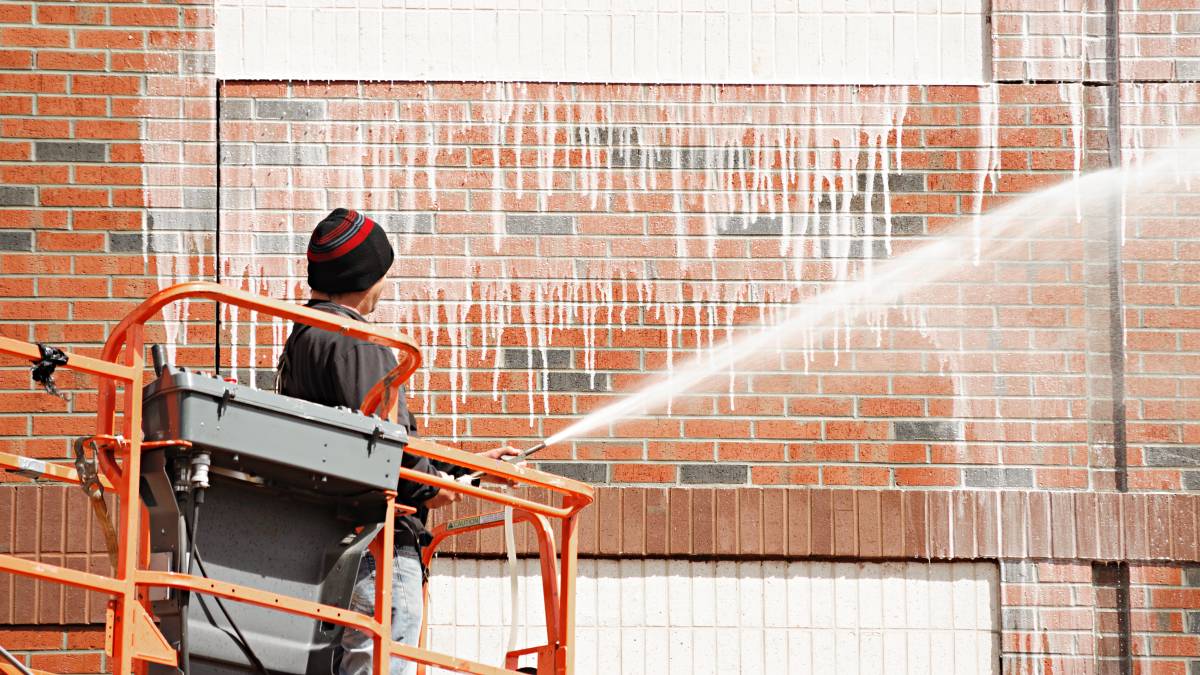
How much does brick cleaning cost?
Read more
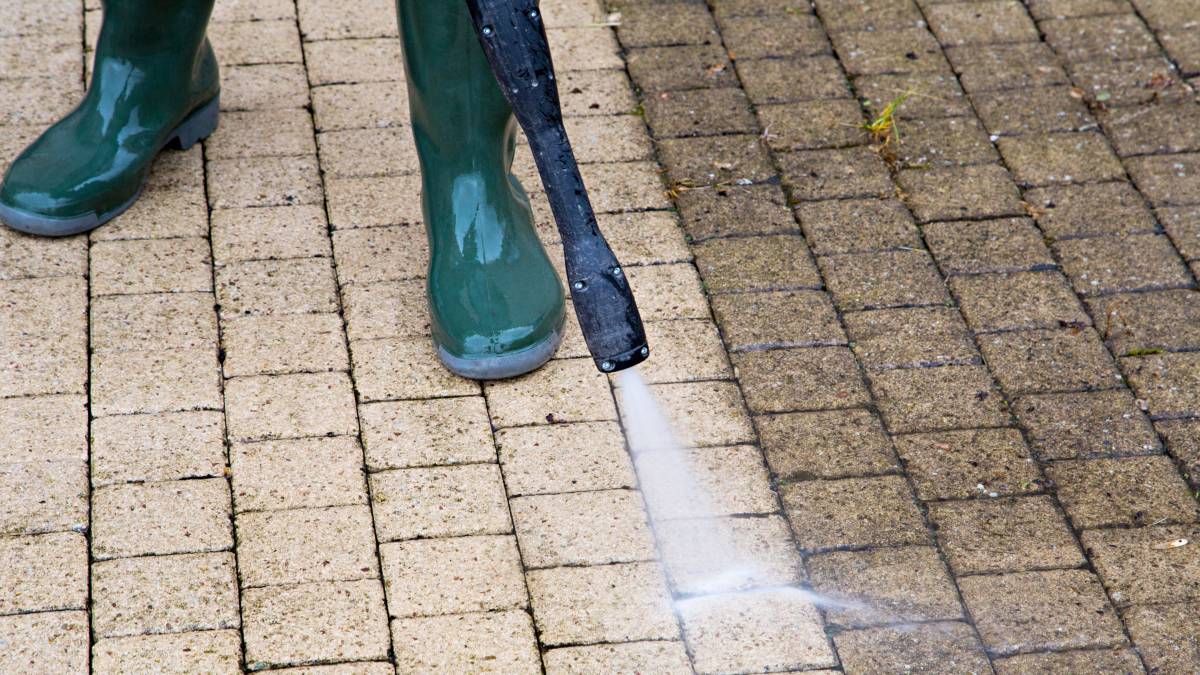
How much does pressure washing cost?
Read more

